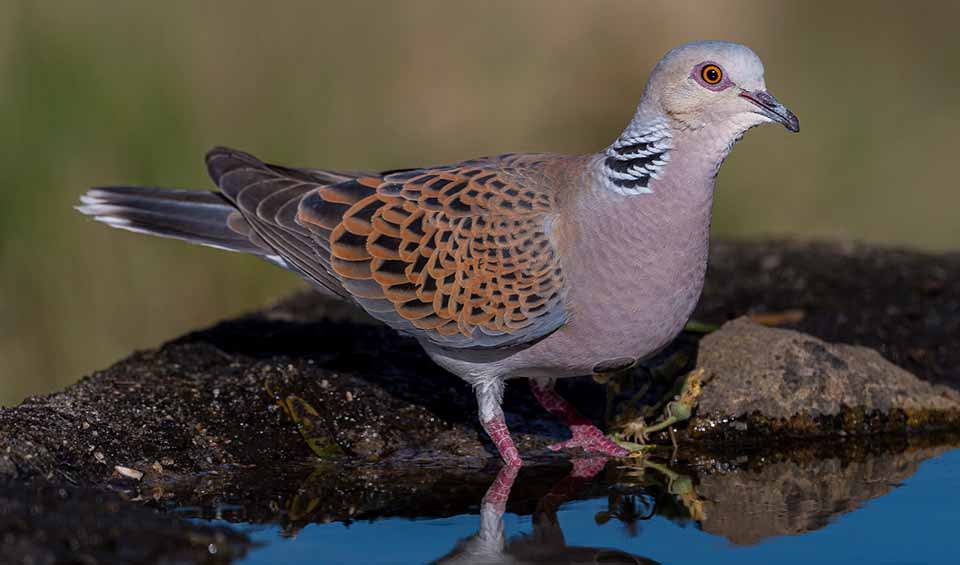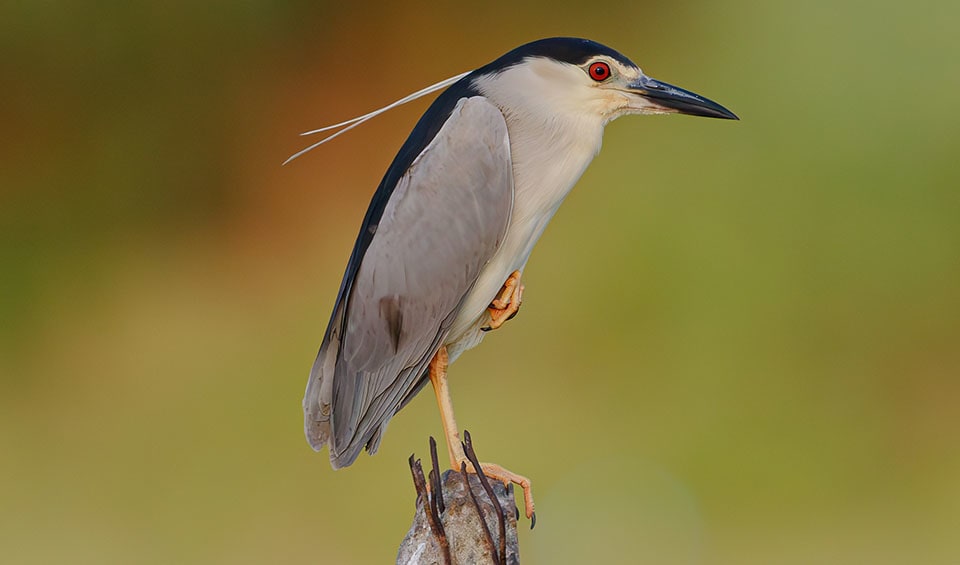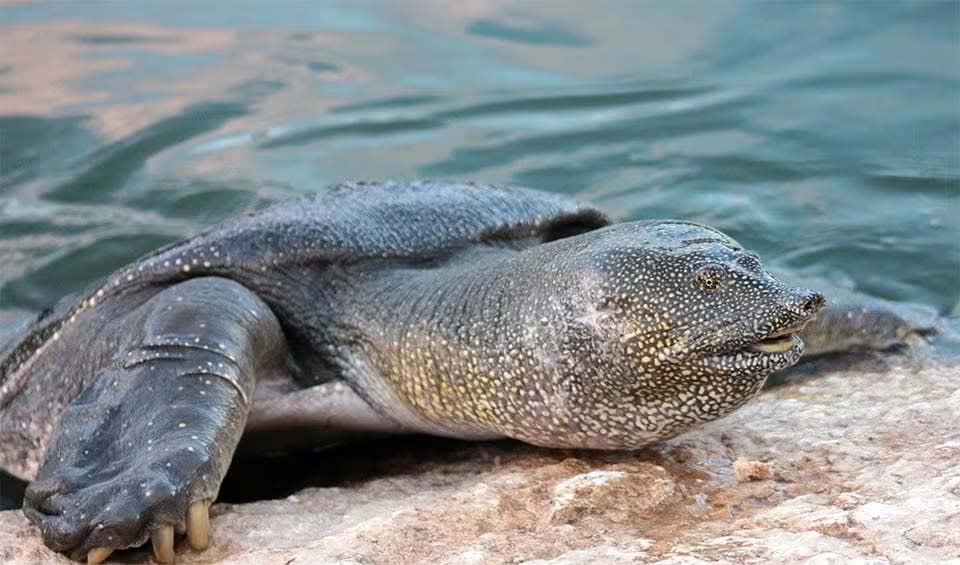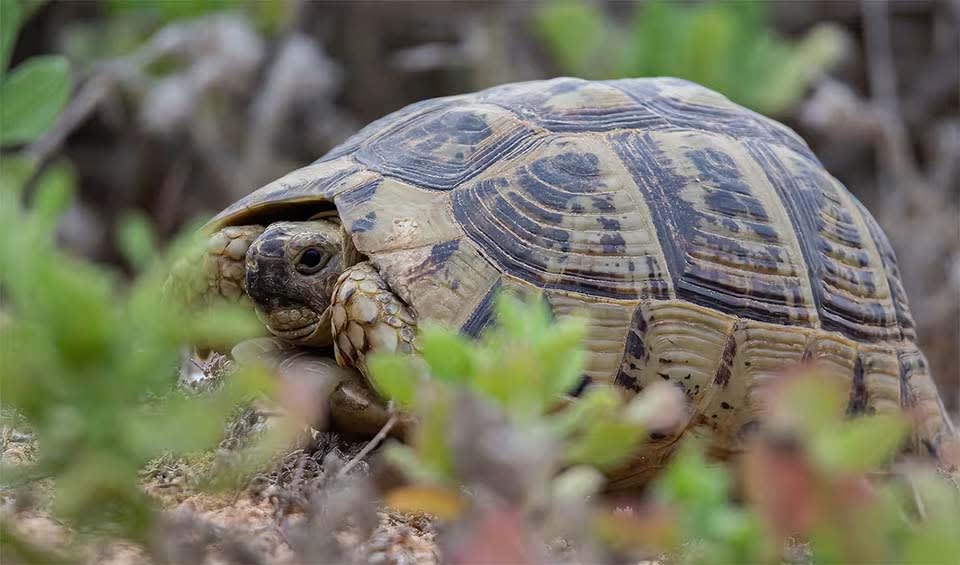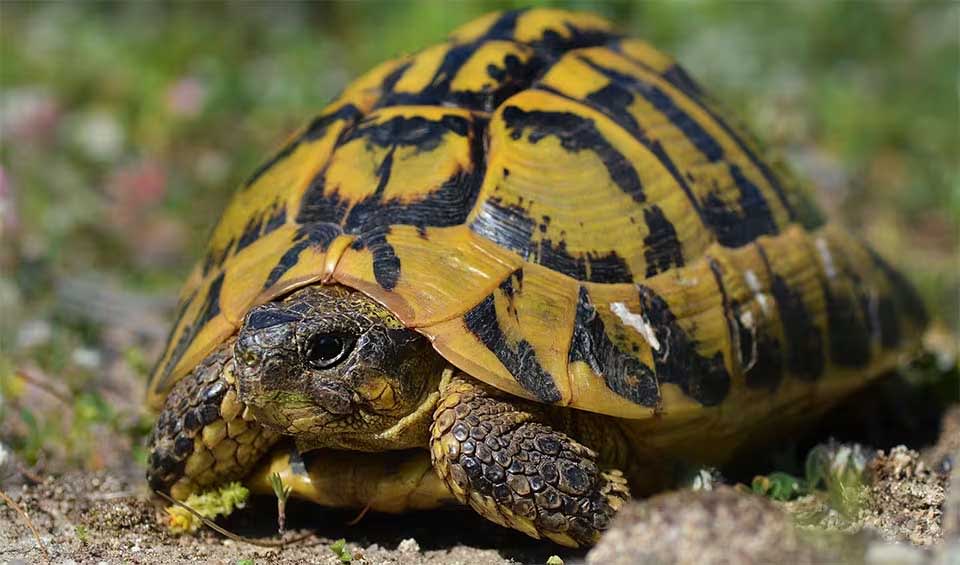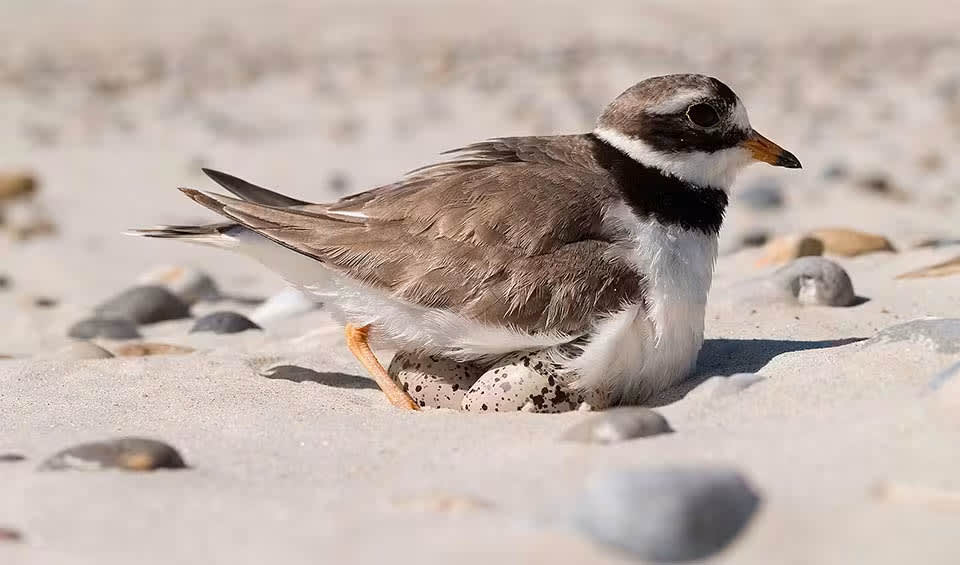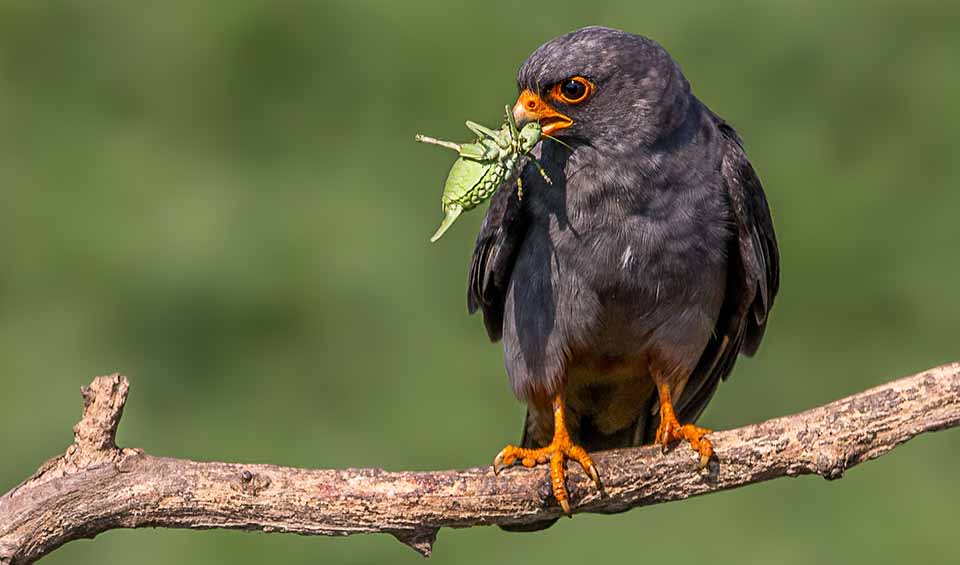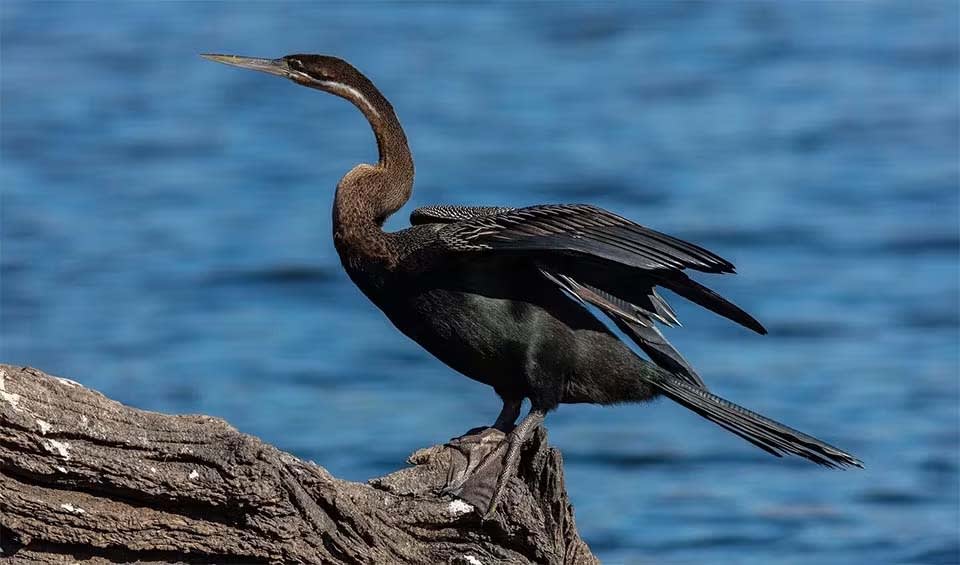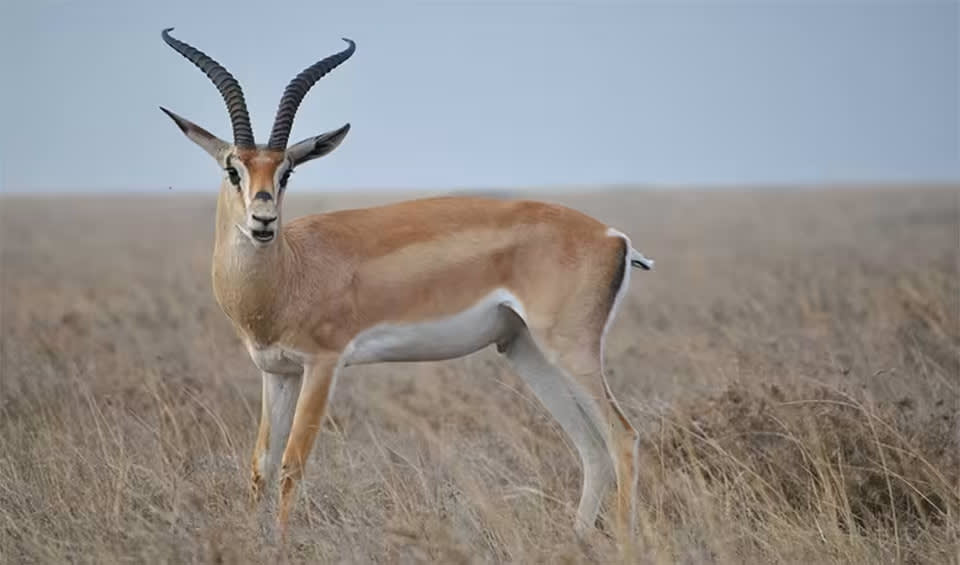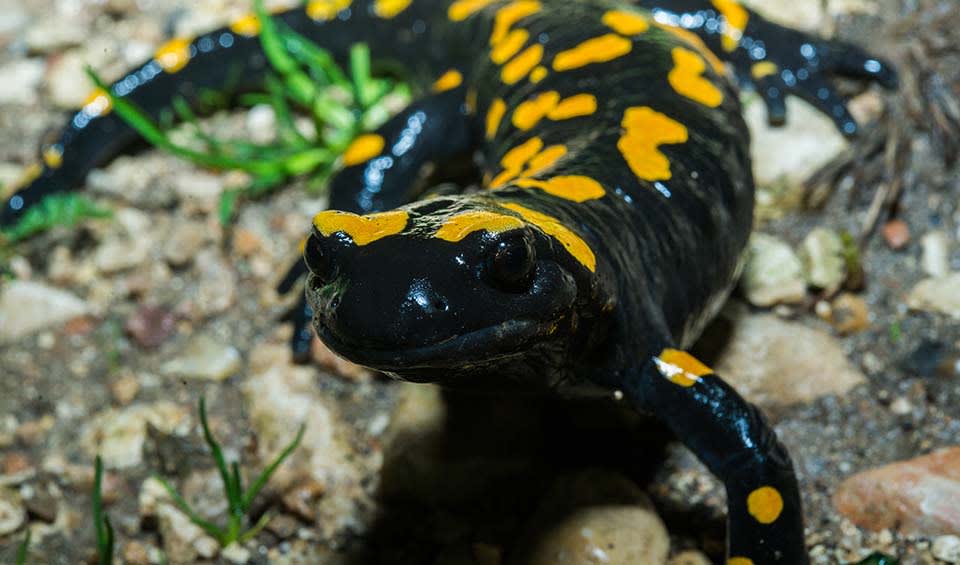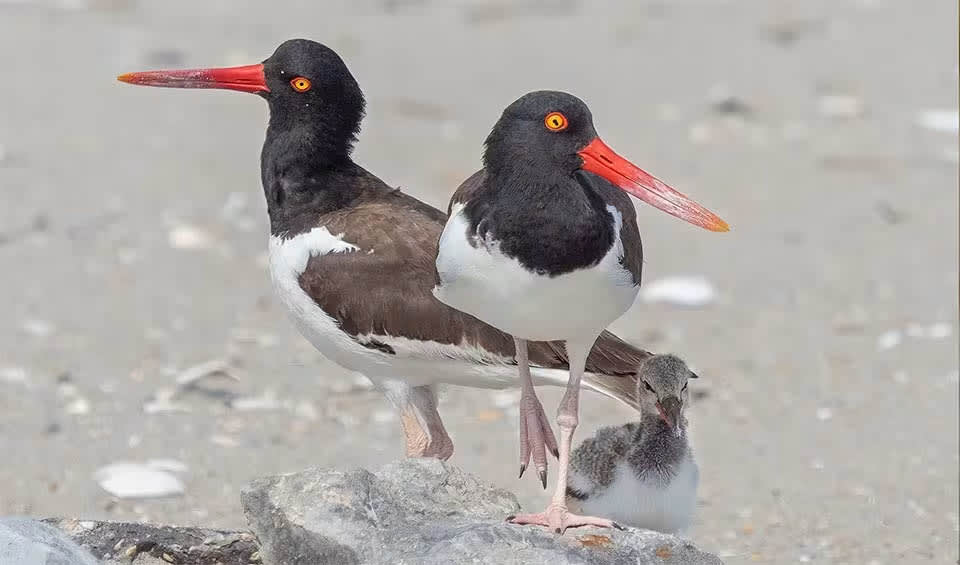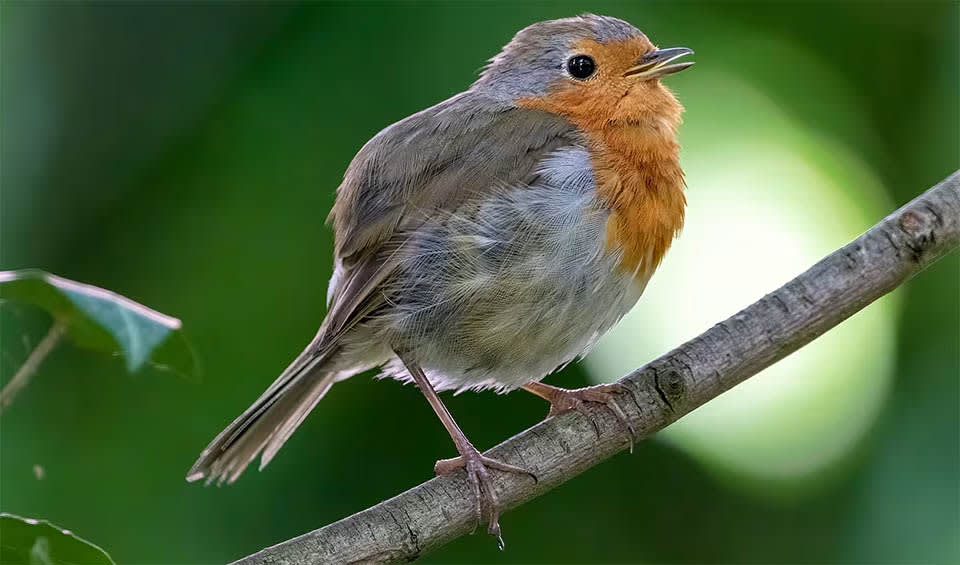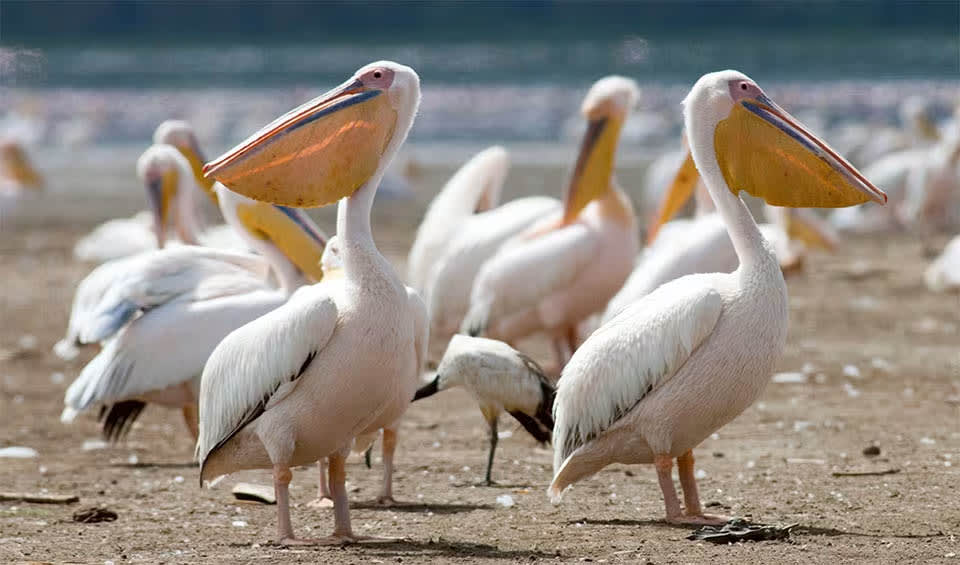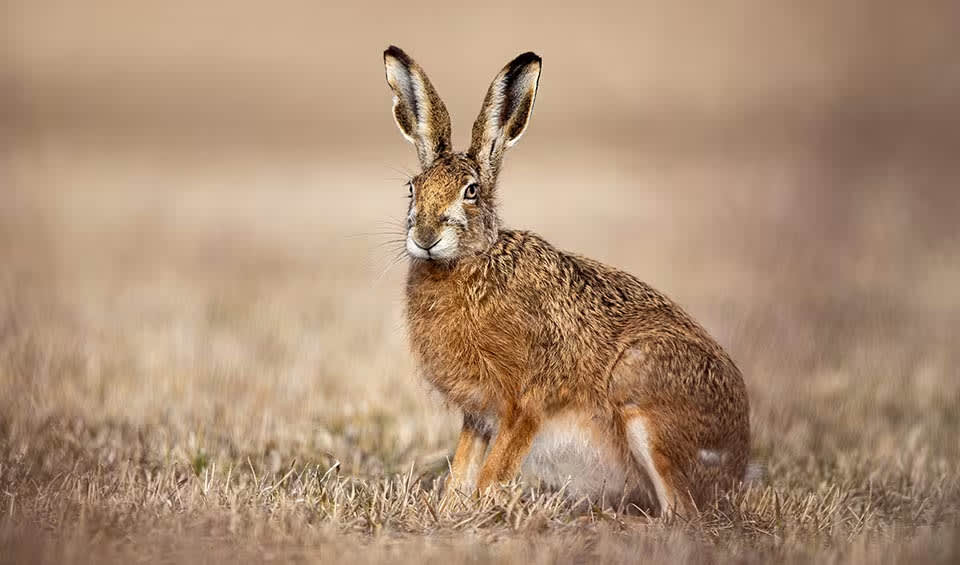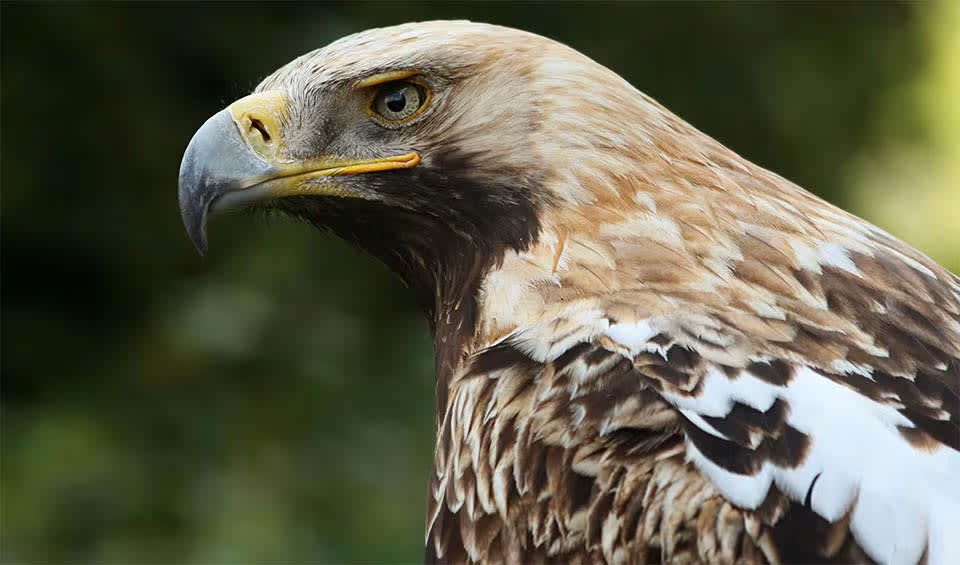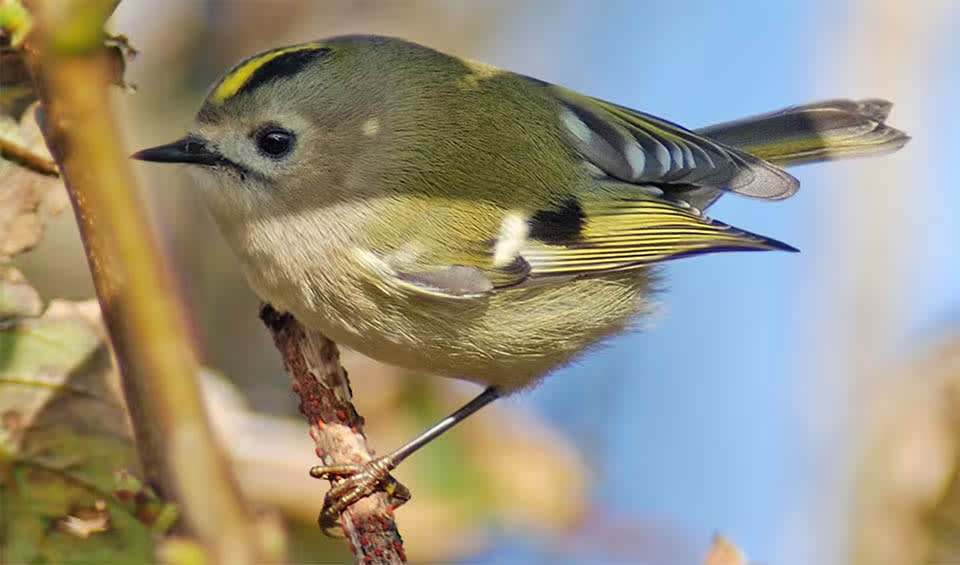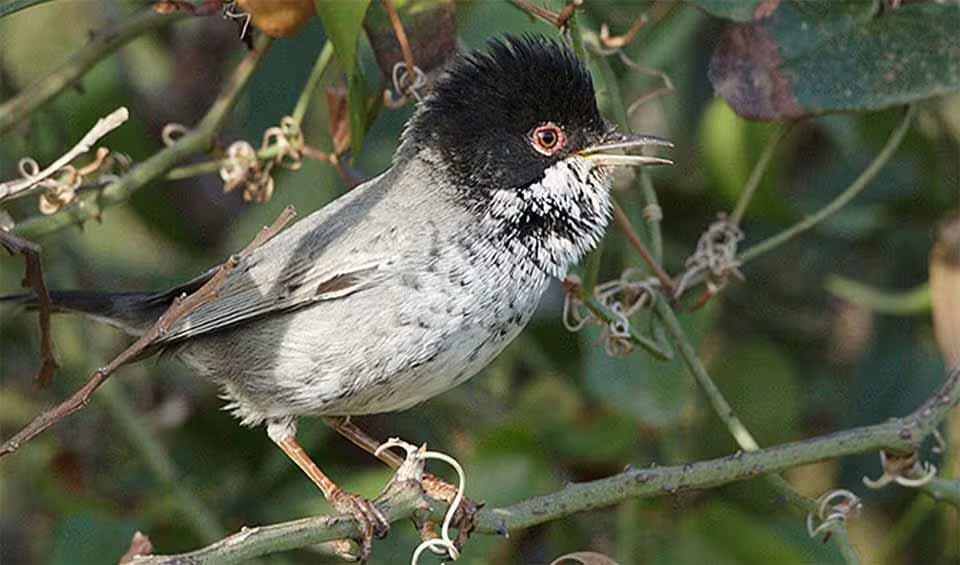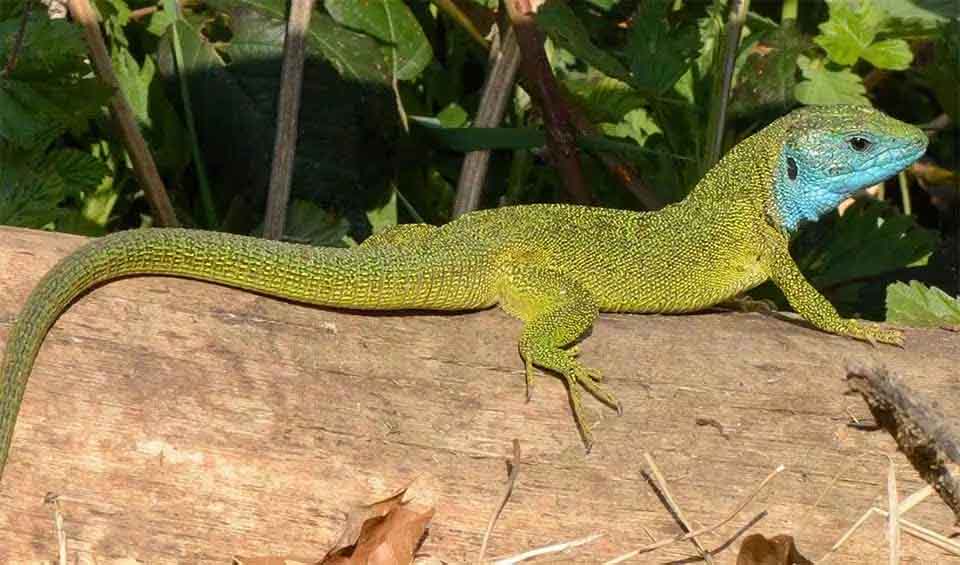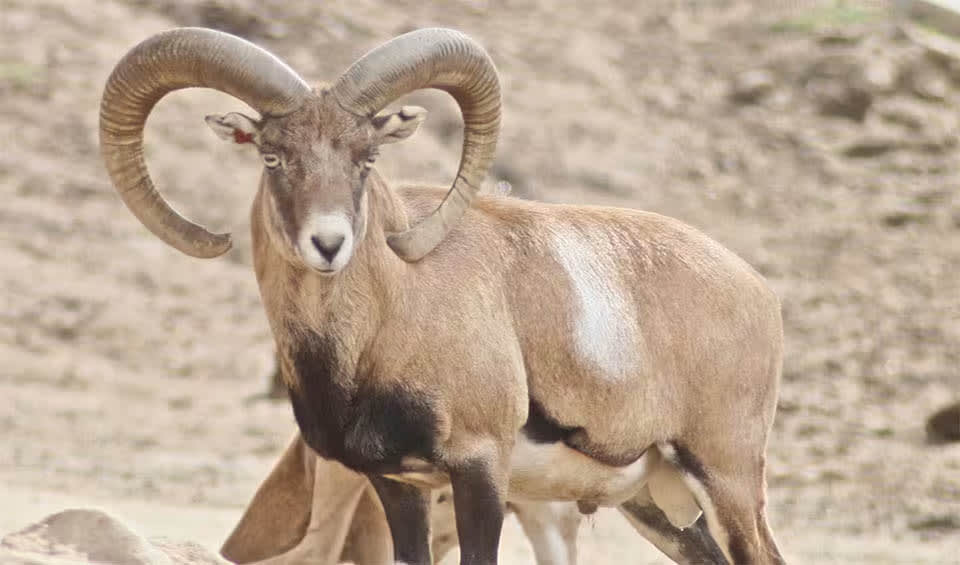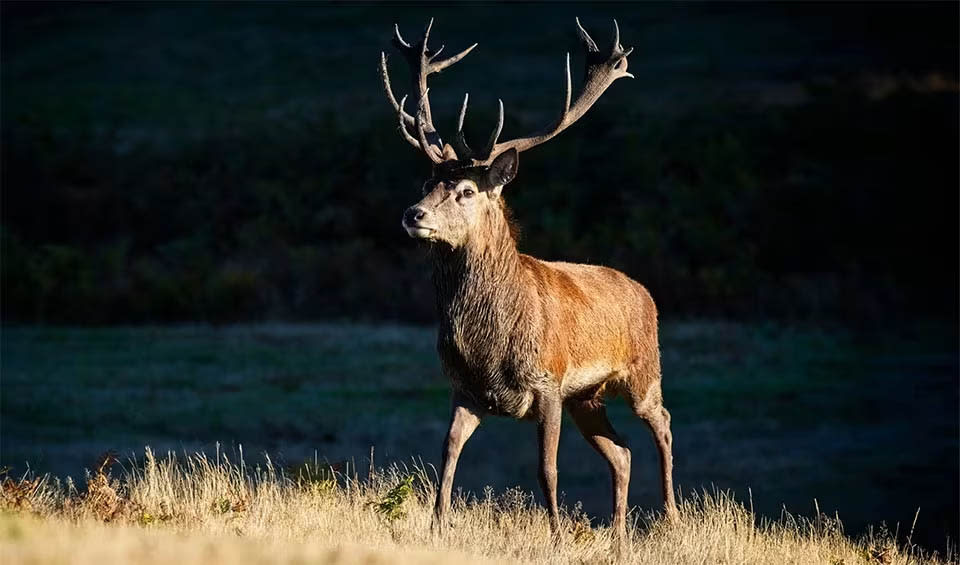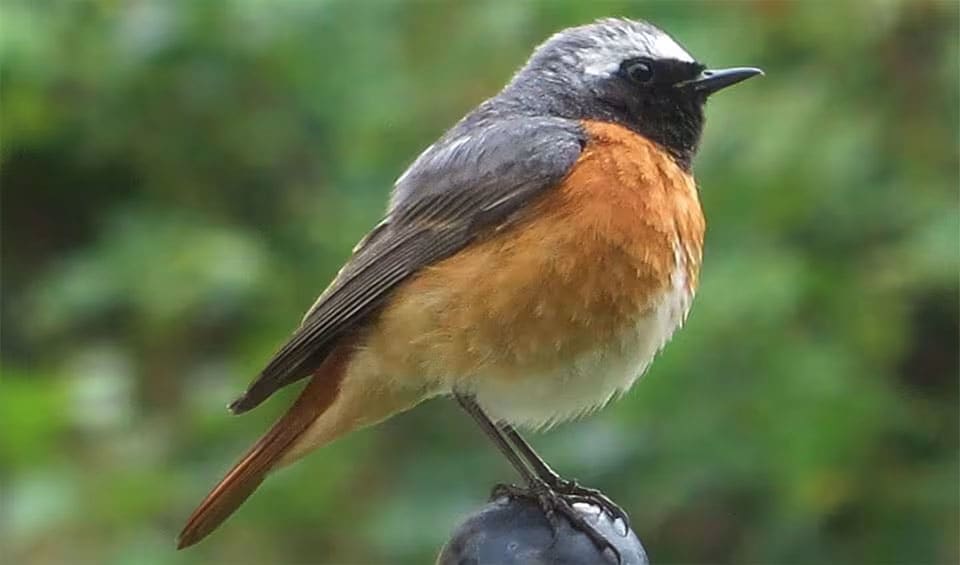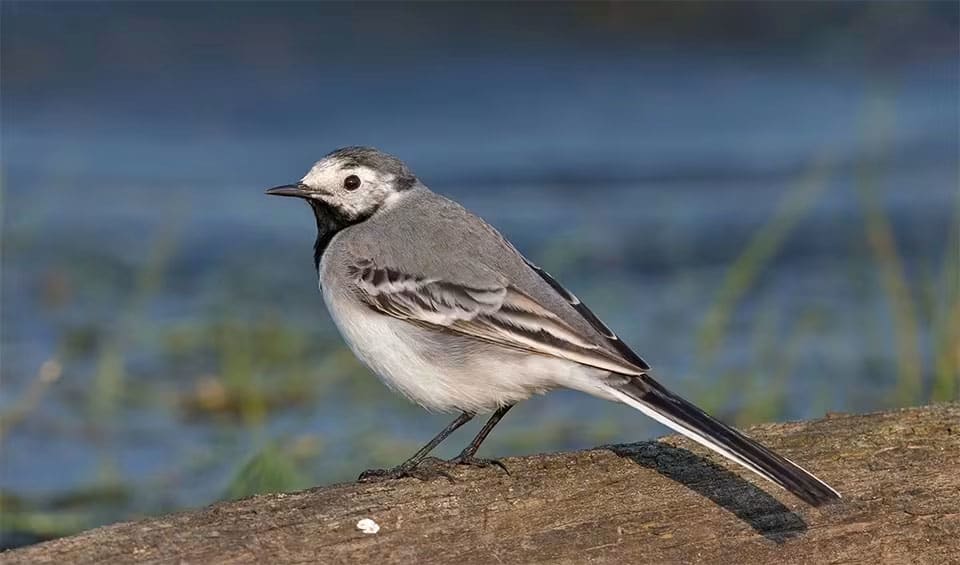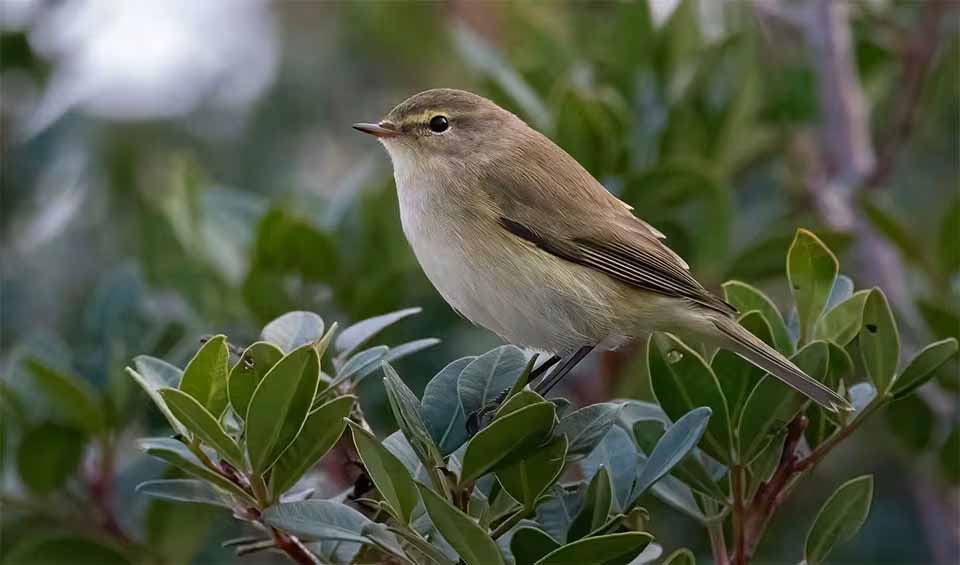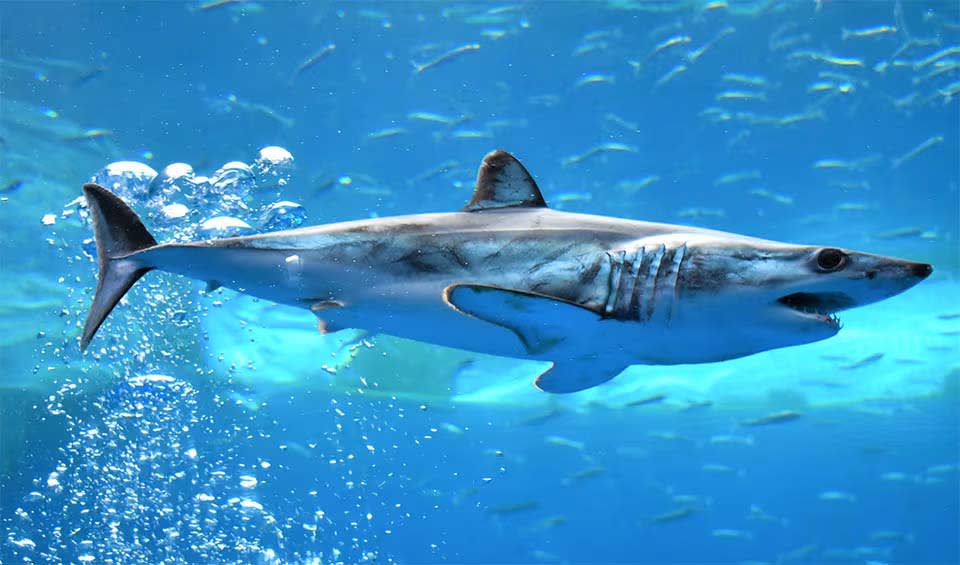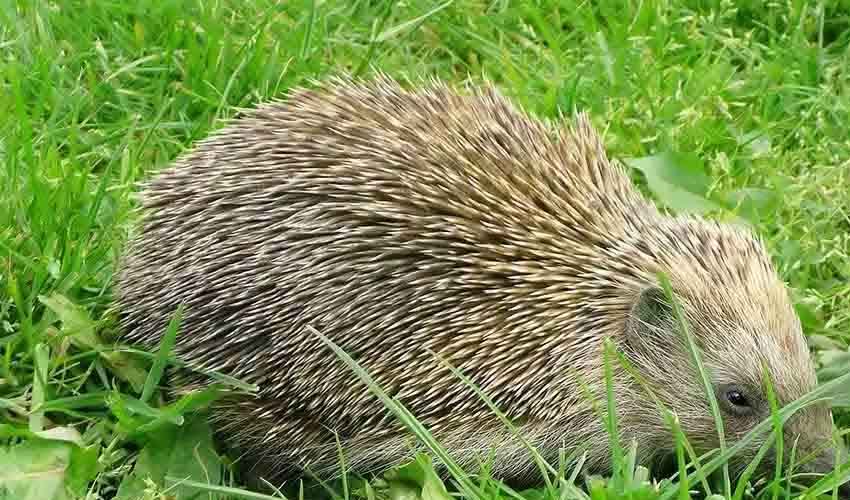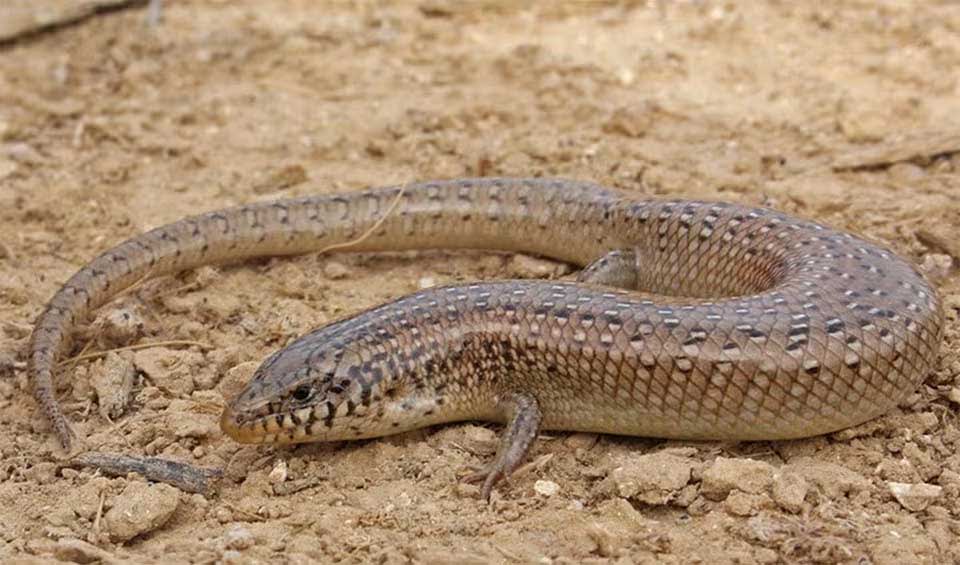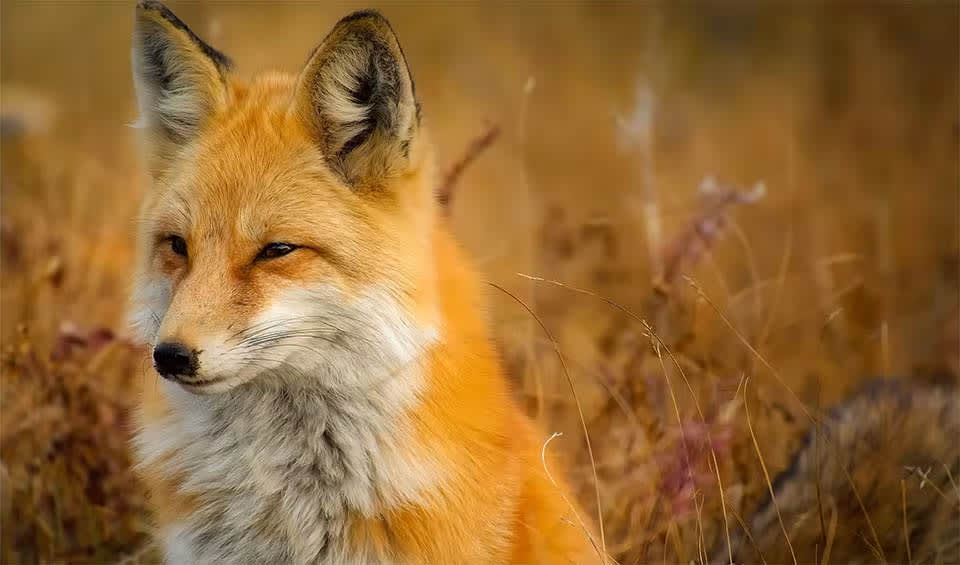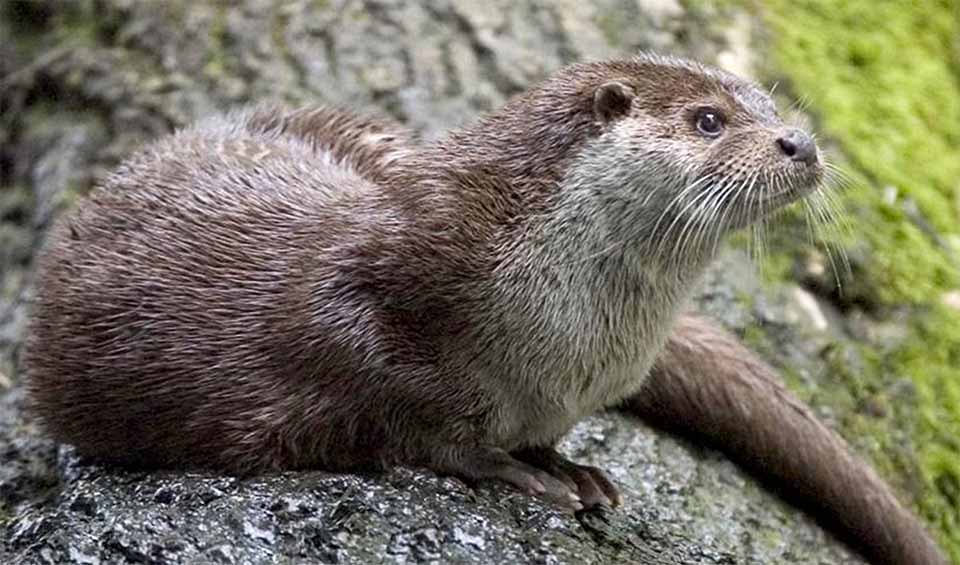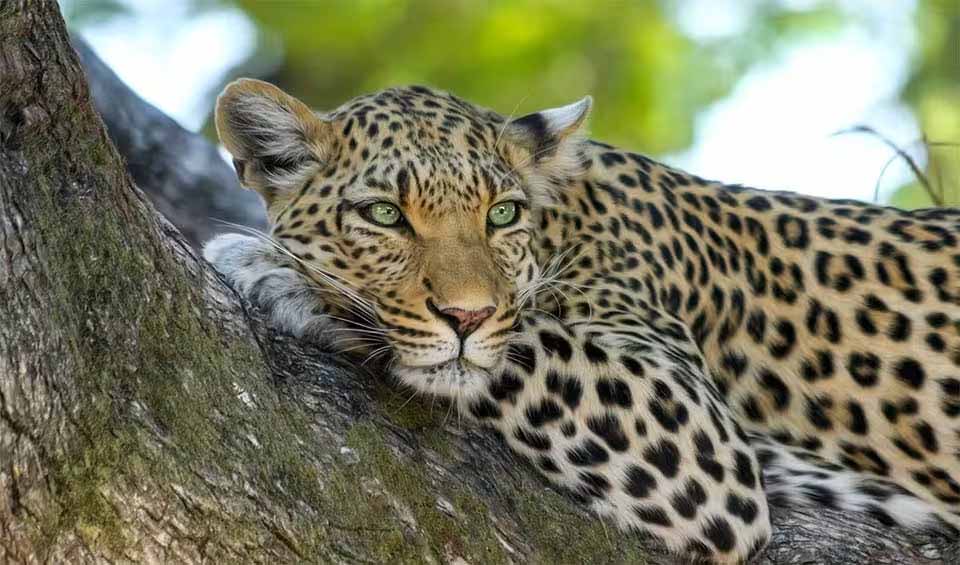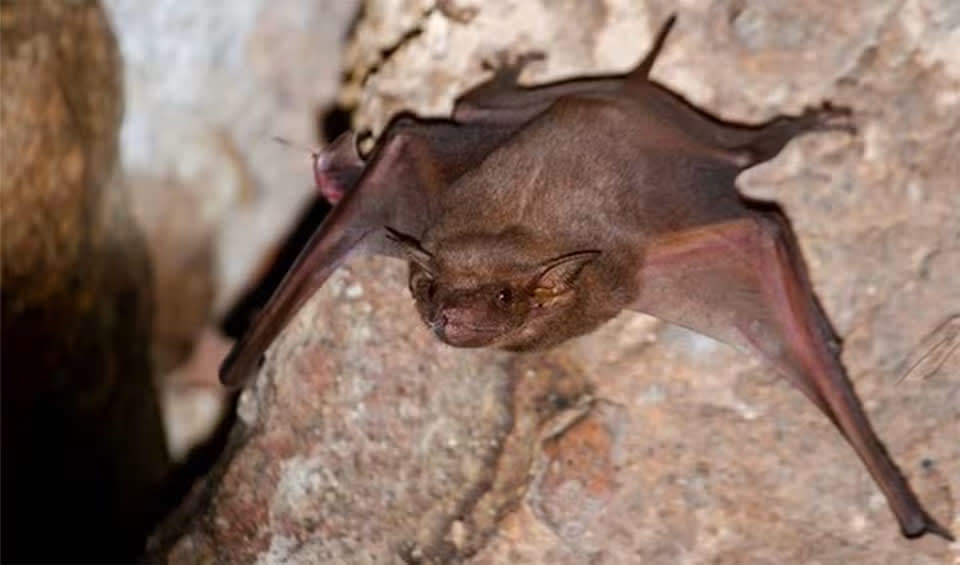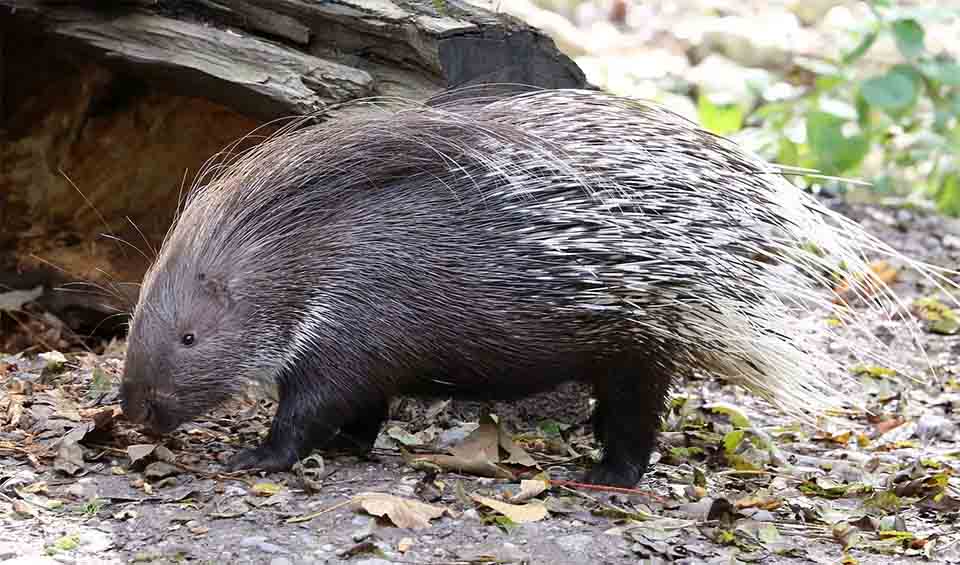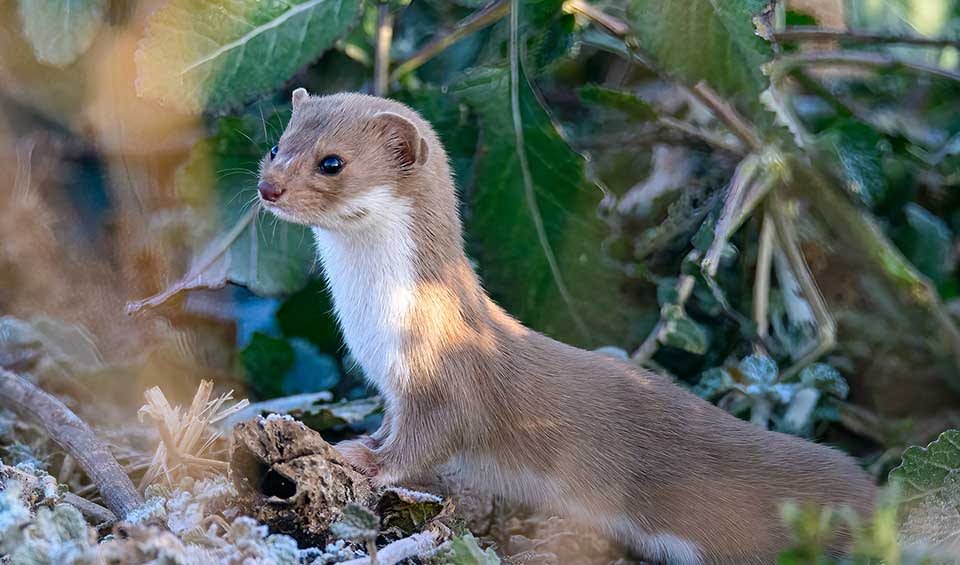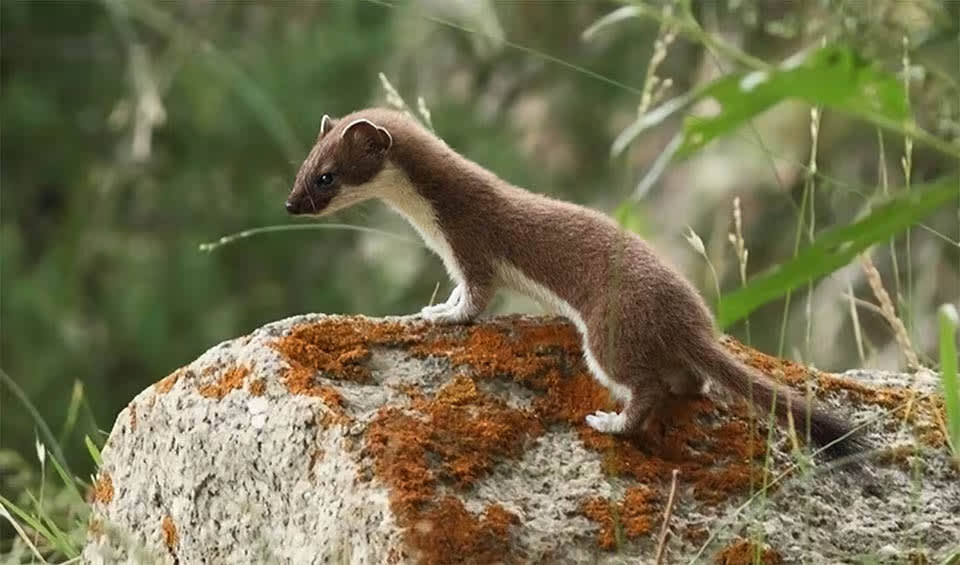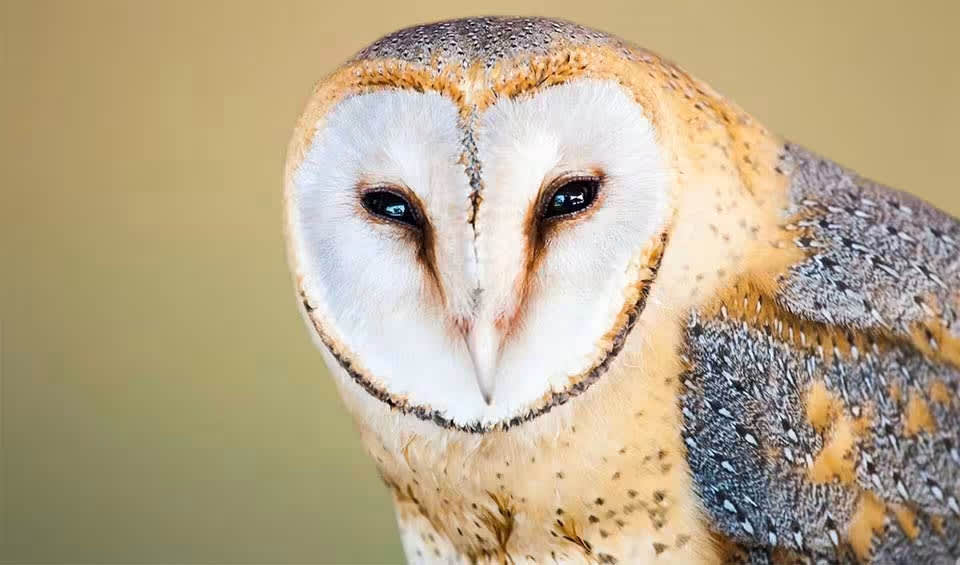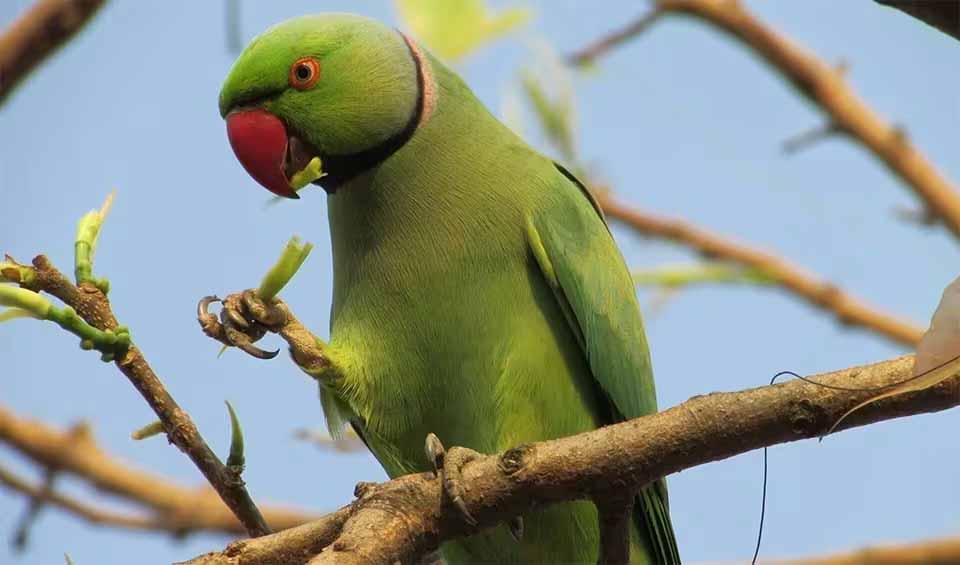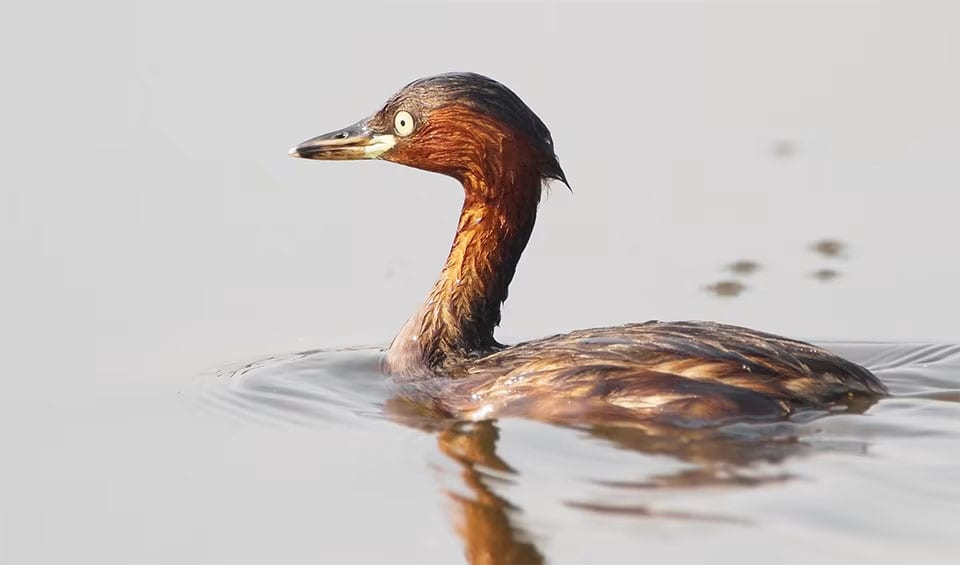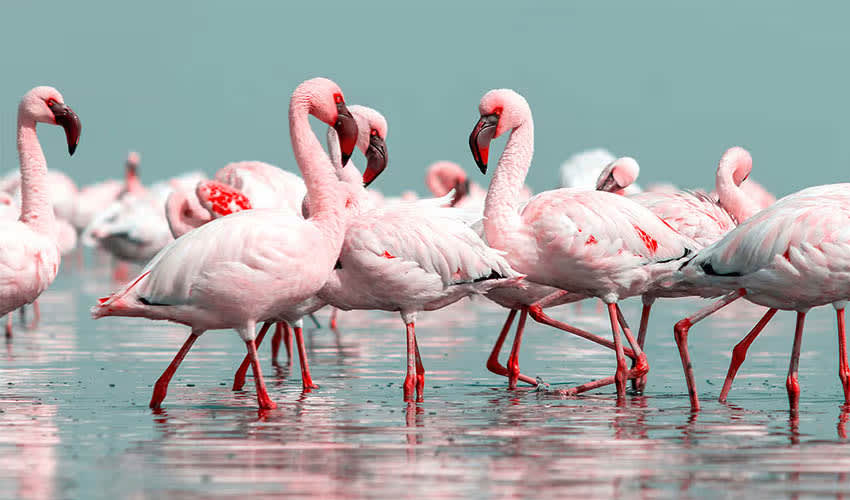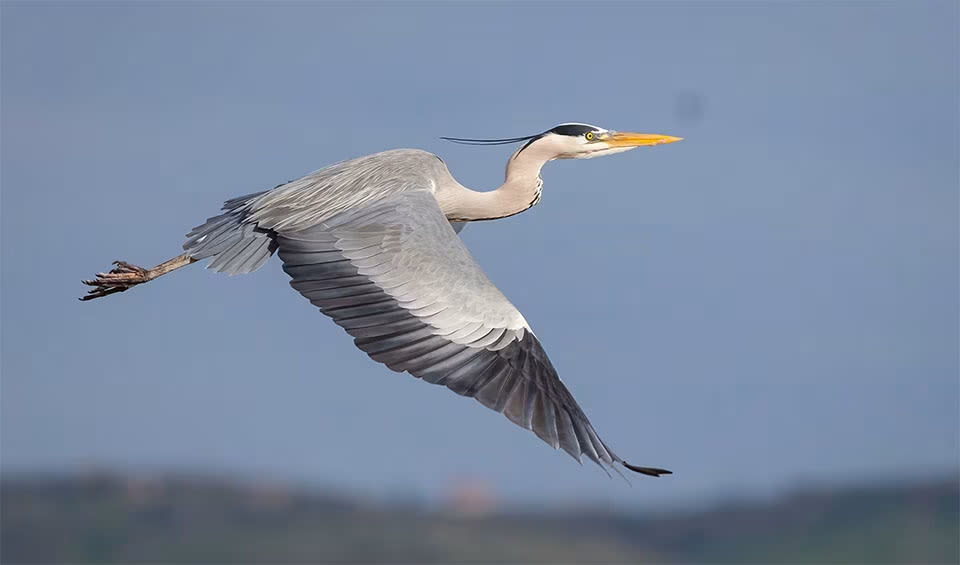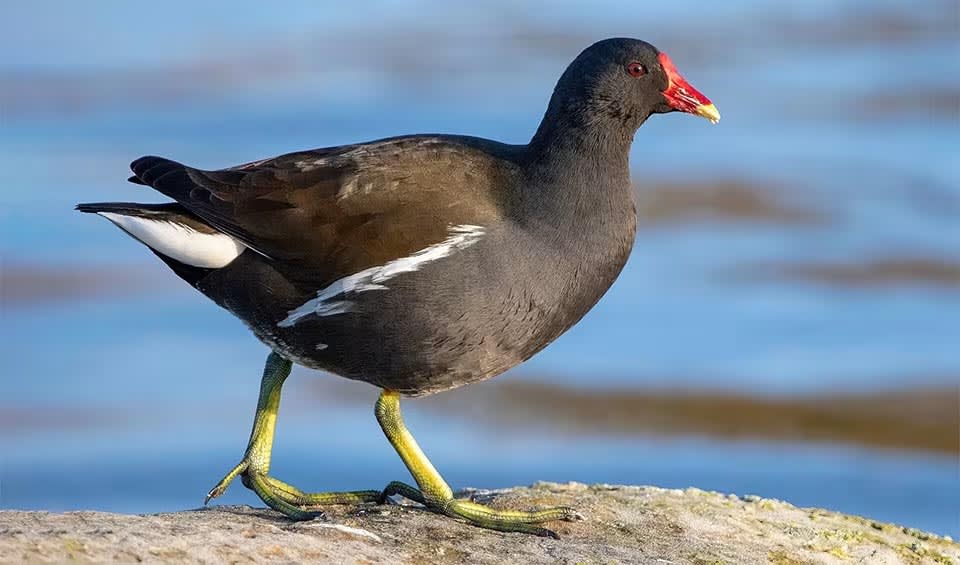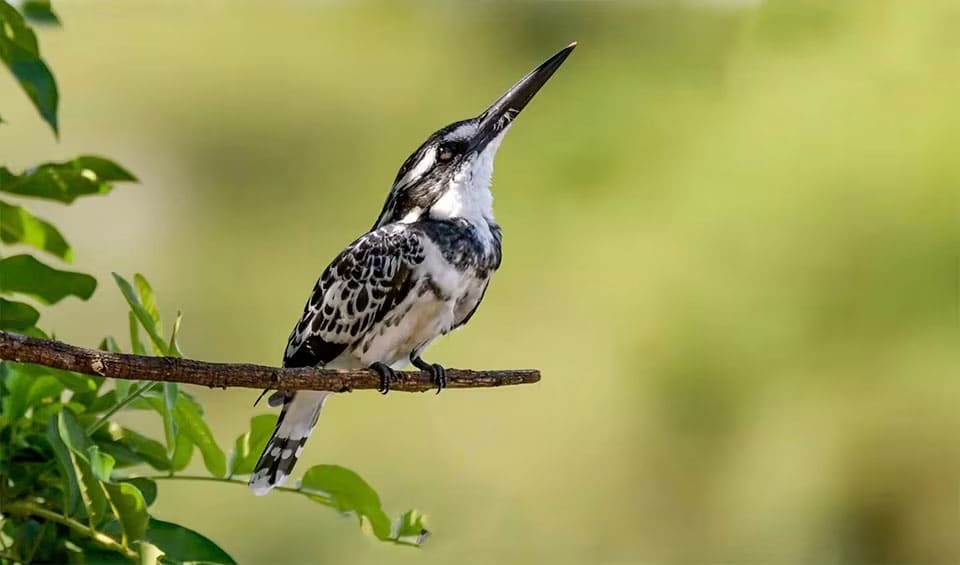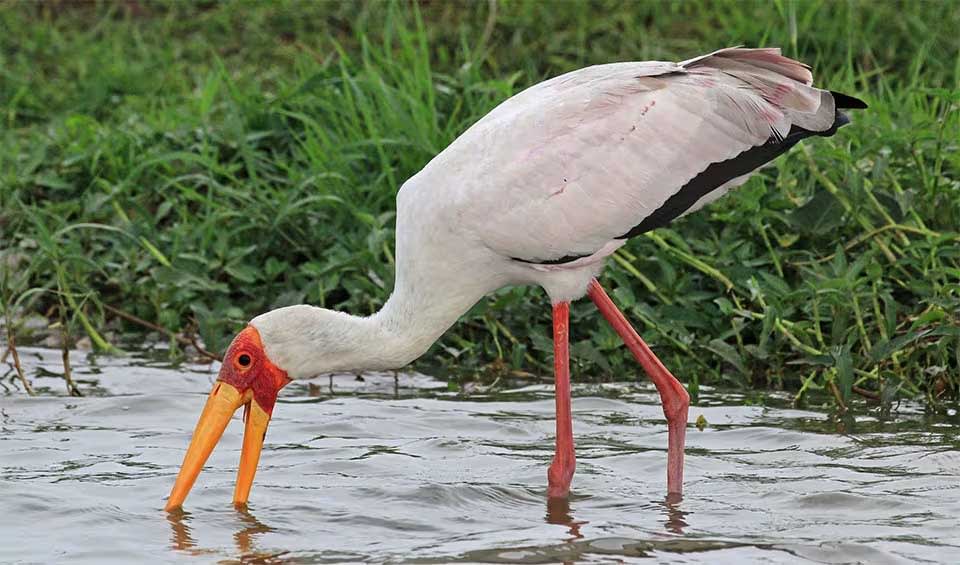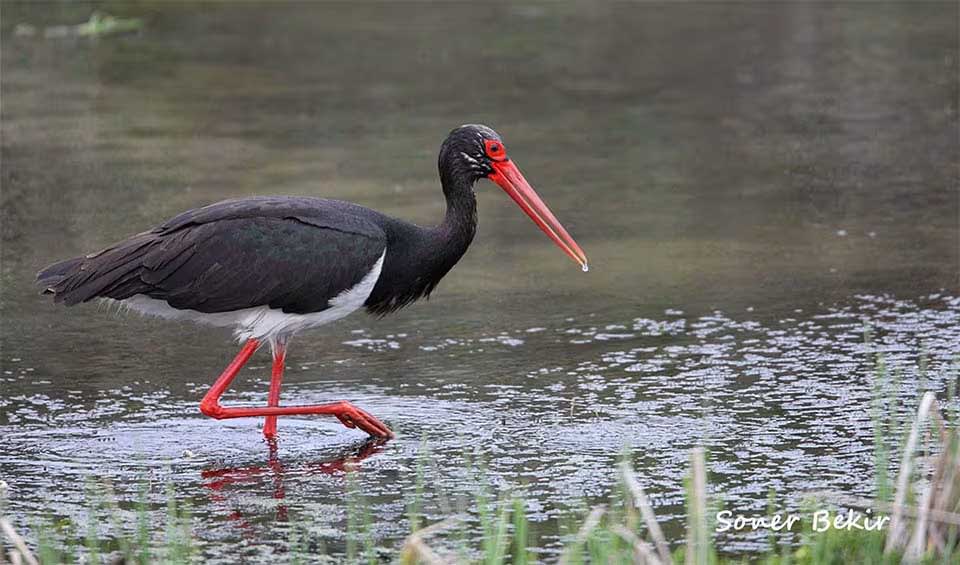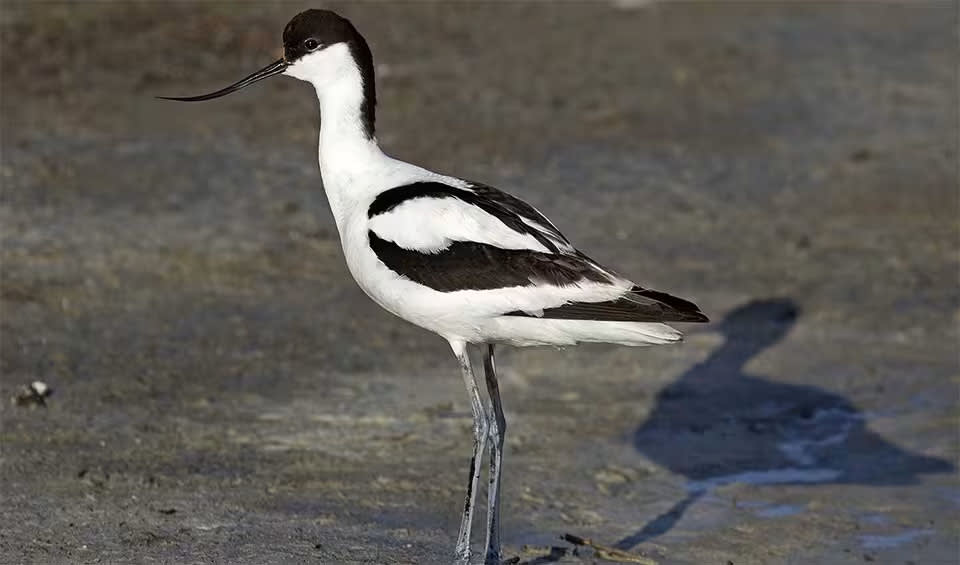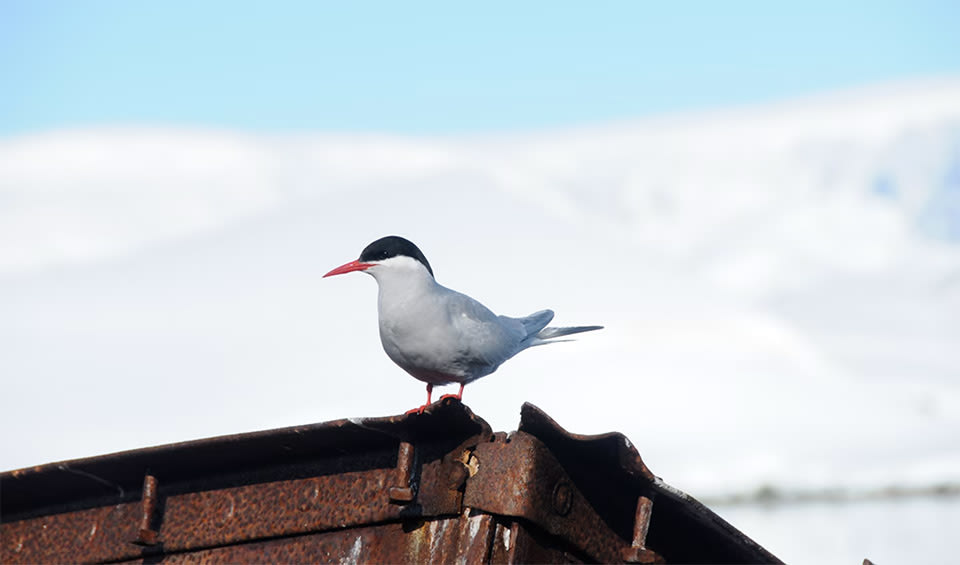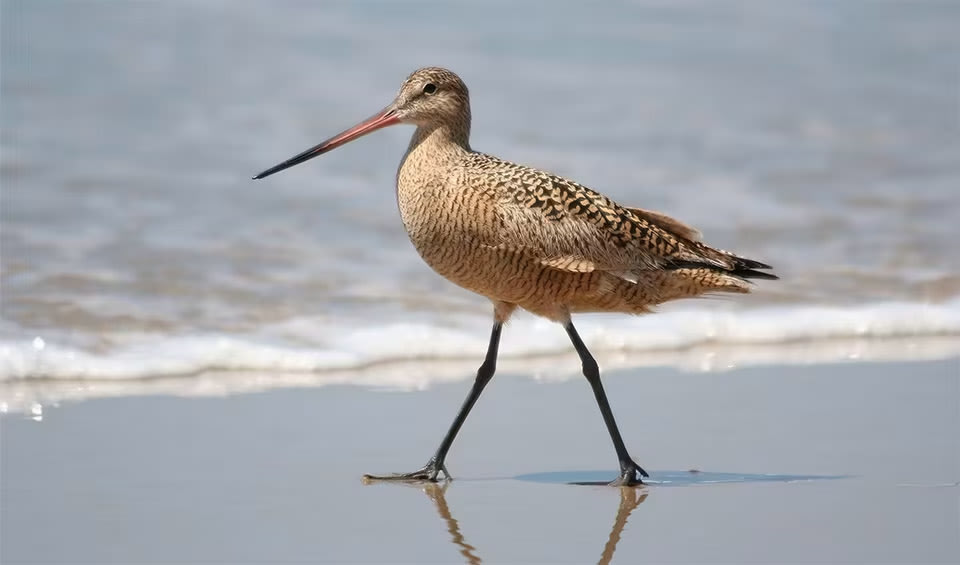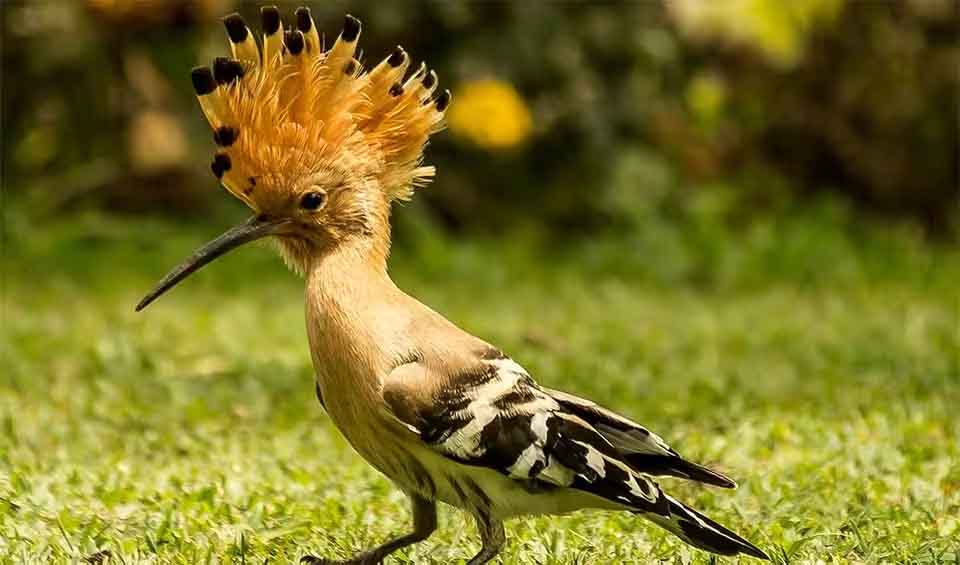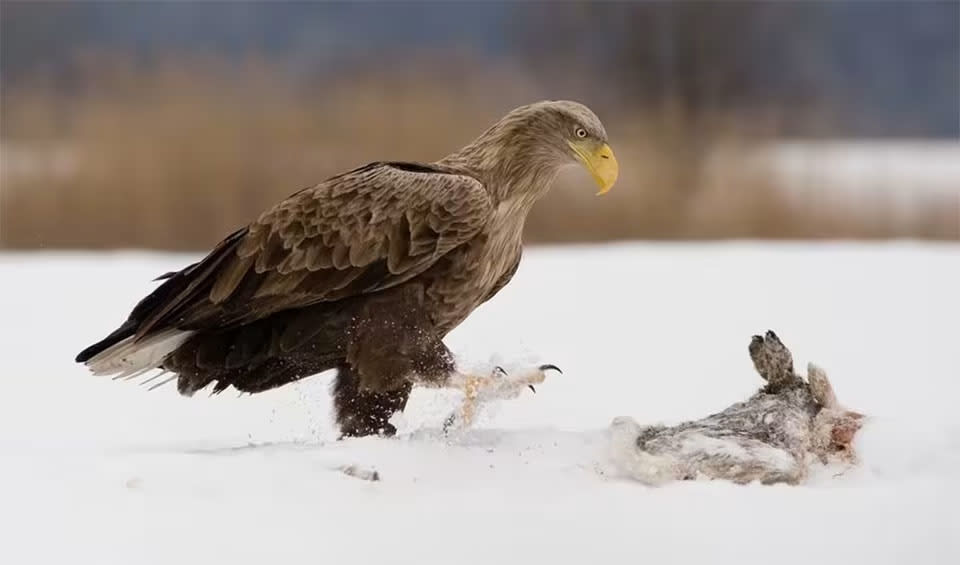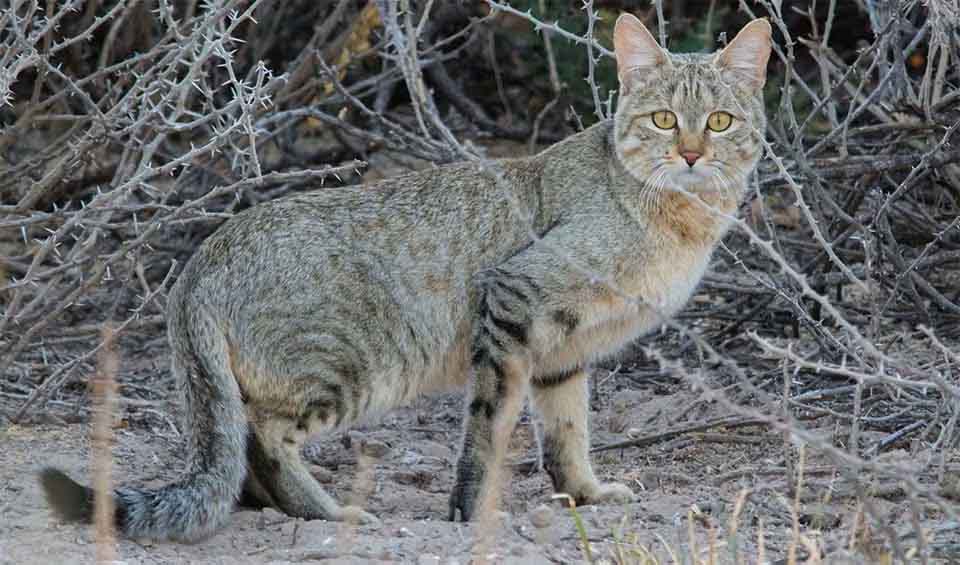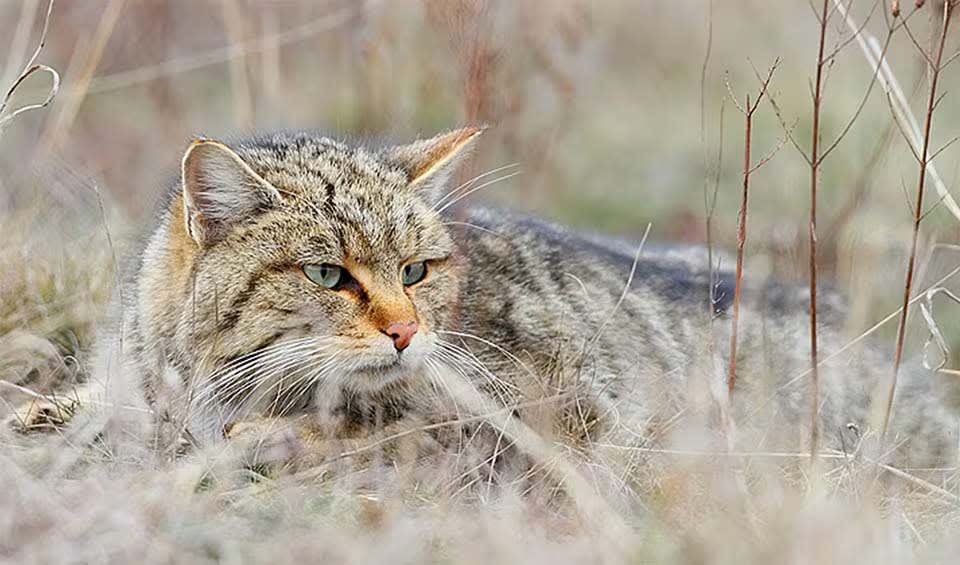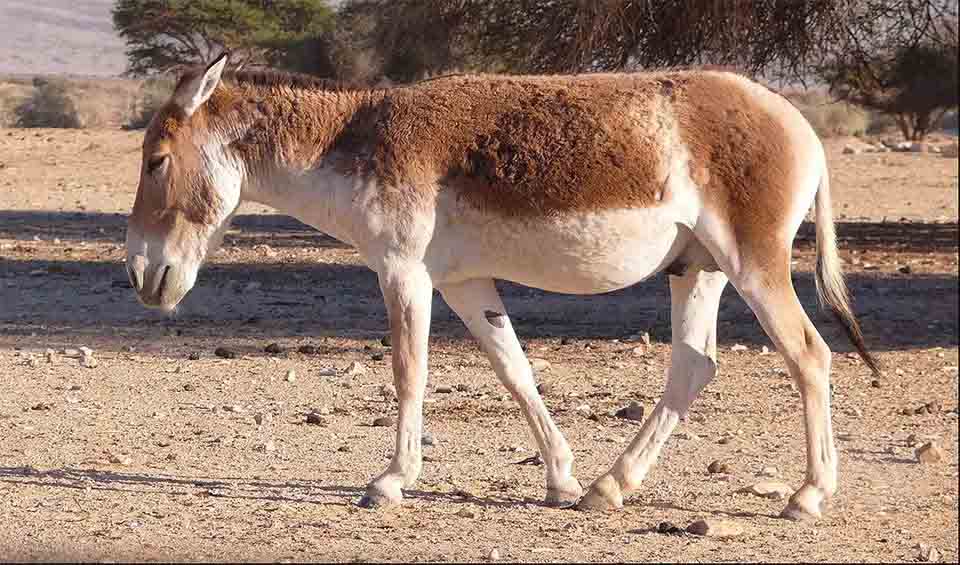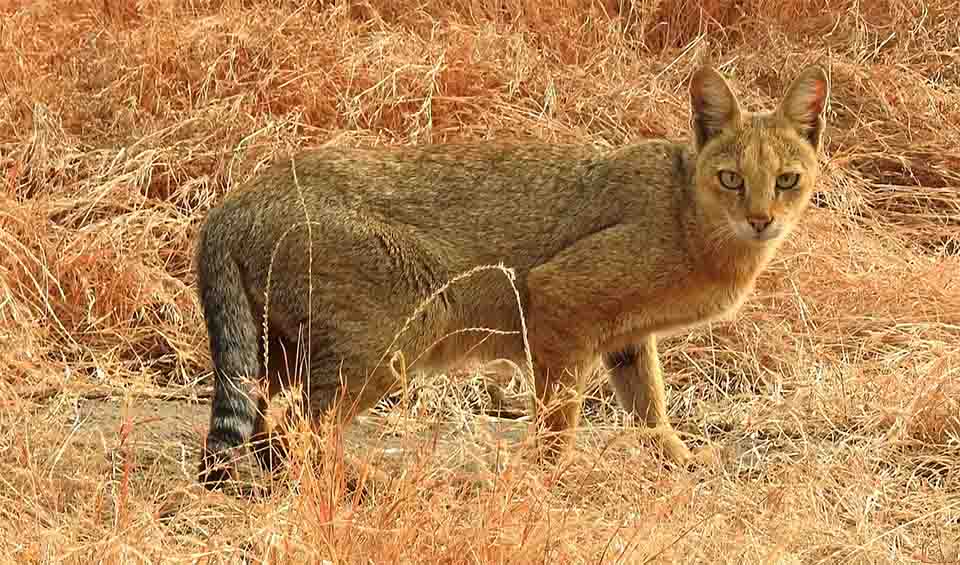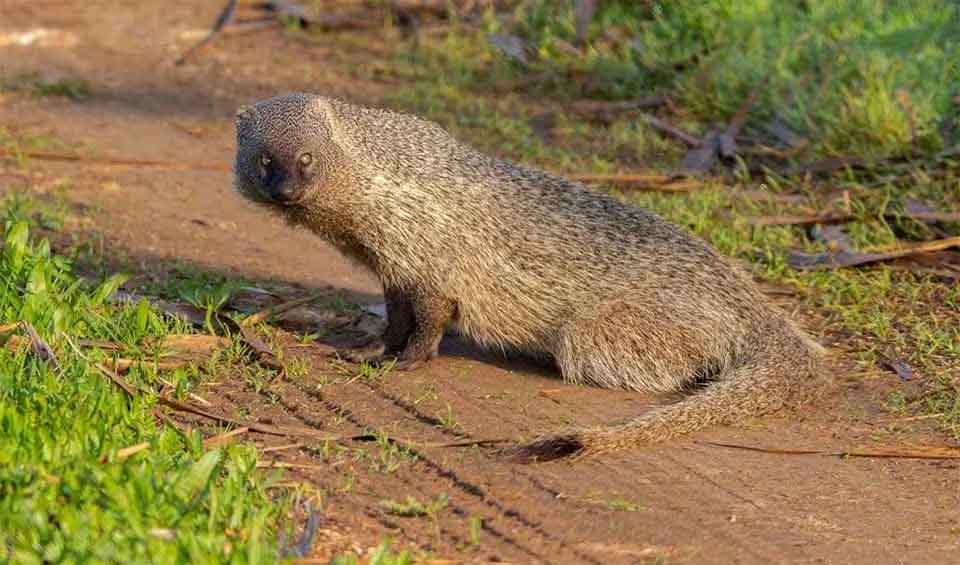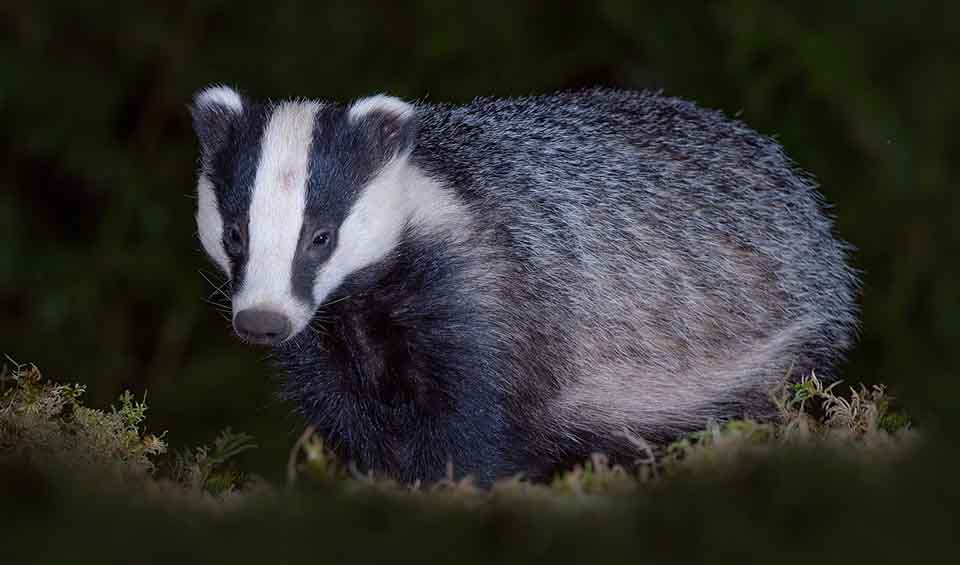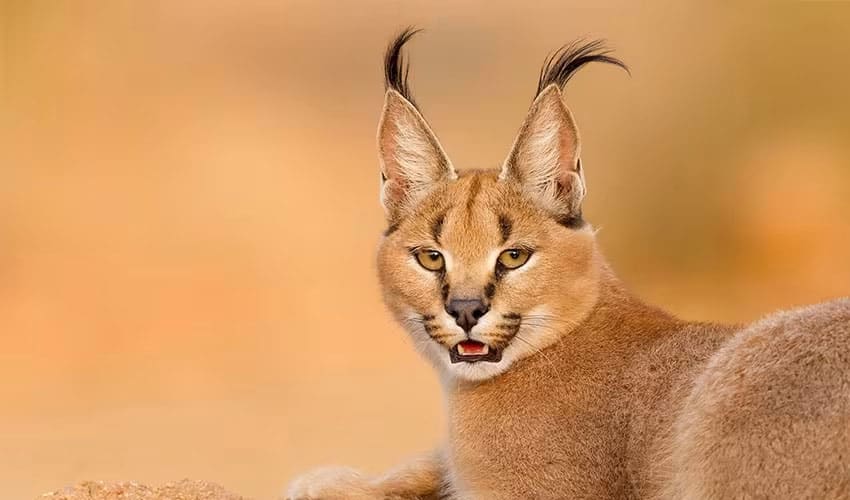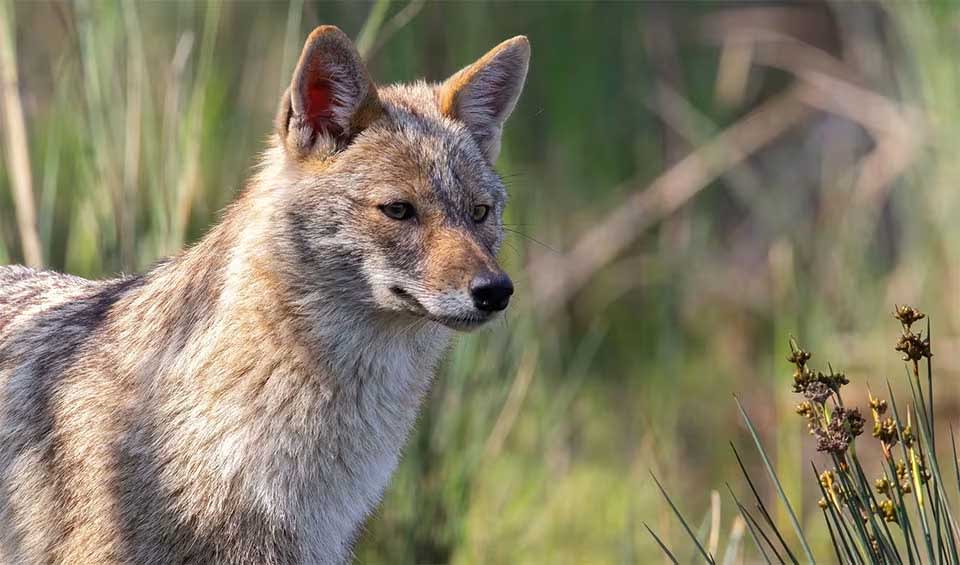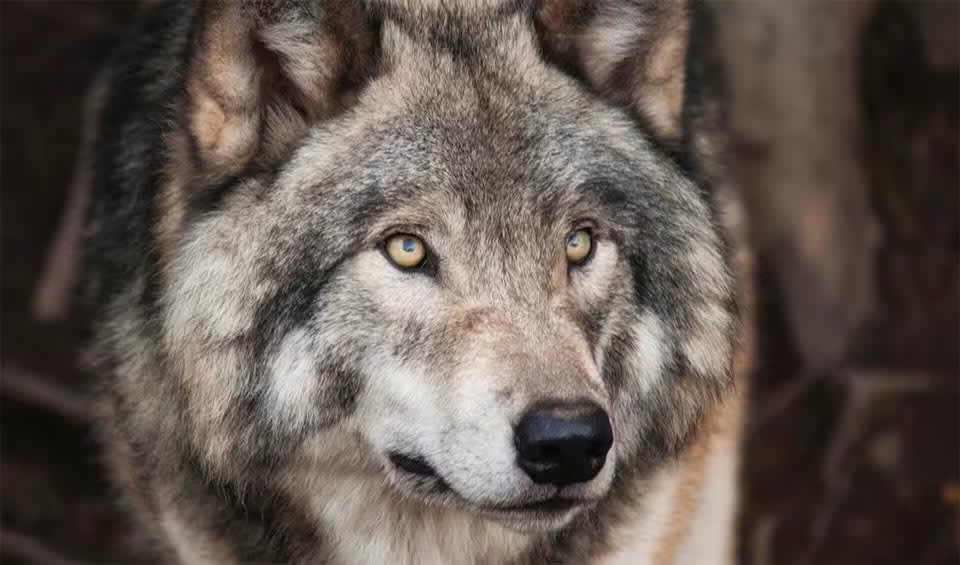Search for Turkey
Scalloped hammerhead
Their skin actually darkens, just like a sunburn!
Common chameleon
A reptile that can mimic the hues of nature and capture its feast with a tongue that’s like a thunder
Brown fish owl
Yes, they really do eat fish!
Eurasian eagle-owl
These owls have specialized feathers that make their flight nearly silent
Ruddy shelduck
Has the body of a duck, neck of a goose, and voice of a goose having a bad day
Ruddy turnstone
They flip the script — literally!
European turtle dove
The only long-distance migratory dove in Europe
Wood pigeon
Timid by nature, often flying off at the slightest sign of danger
European ground squirrel
Often stand upright for long periods, scanning the area for predators — like little living periscopes
Roe deer
One of Europe’s oldest surviving deer species
Black-crowned night heron
One of the most widespread and adaptable herons in the world
Redwing
In Iceland, its arrival is eagerly awaited as it signifies the end of the harsh winter
Long-eared hedgehog
One of the fastest runners among hedgehogs
Steppe eagle
The treasured bird of Saladin, the first Sultan of Egypt
Dice snake
A big, harmless snake that likes to live near freshwater
African softshell turtle
Instead of a bony shell, it has a flat, leathery covering that helps it glide smoothly through the water
Greek tortoise
The mosaic-shelled marvel of the Mediterranean
Hermann’s tortoise
Excellent climbers, capable of scaling rocky slopes and walls with ease
European fire-bellied toad
Known for its bright red belly, a bold warning to predators, combined with its distinctive “whoop” call
Common ringed plover
This bird taps its feet to imitate rain to make the prey reach the surface
Saker falcon
Their keen vision enables them to scan vast landscapes, identifying small movements or potential prey items even from high altitudes
Red-footed falcon
Their favorite snack? Large insects like locusts and dragonflies
African darter
African darters or ‘snakebirds’ are expert underwater fishermen equipped with stealth, diving skills, and a spear-like bill
Mountain gazelle
When running, they employ a playful and energetic bounding leap, which is aptly referred to as “pronking” or “stotting”
Little tern
Renowned for their spectacular aerial displays during courtship, including steep dives and intricate flight patterns
Common blackbird
Arguably among the most beautiful songbirds in the world — they enjoy singing after a rain shower
Common crane
The flocks of this social and gregarious bird are fond of migration, flying over the horizon and creating a V-shaped formation
Goosander
Its long, serrated beak, often called a “sawbill,” is perfectly adapted for catching slippery prey like fish
Levant water frog
A fully aquatic frog that spends its entire life in water, rarely coming to the surface
Near Eastern fire salamander
Visually striking, these show-stoppers have bright yellow fire-like spots on their body
European roller
Loves trees! Only member of its family breeding in Europe
Eurasian oystercatcher
The masters of catching oysters, clams, and cockles
European starling
Brilliant mimics, they can copy bird calls and even human-made sounds like car alarms and ringing phones!
Lesser black-backed gull
A common sight in coastal regions throughout the Northern Hemisphere
European pine marten
Sometimes called the “squirrels of the weasel family” due to their impressive arboreal abilities
European pond turtle
At the first sign of danger, it will quickly dive into the water and hide
European goldfinch
Can hang upside down while feeding!
Red-rumped swallow
Amazing flyers — they can even drink water while they’re flying!
Common pochard
Can dive down to the bottom of a lake and rest there, safe from predators!
Eurasian skylark
They might not look like much, but they have an incredible talent: singing!
European pied flycatcher
Males are particularly eye-catching with their black and white plumage, looking like they’re wearing a little tuxedo
European Robin
Can be quite friendly and will often come close to humans, especially if they’re offered food
Great white pelican
Underneath this colorful beak, there’s a hidden surprise – a built-in net for scooping up a delicious lunch!
European hare
Unlike rabbits, they don’t live in burrows, instead, they make shallow nests in the grass called forms
Greater noctule bat
The biggest bat you can find in Europe, with wings that can stretch out as wide as your arm!
Caucasus viper
Its venom is powerful, and a bite can be very serious
Northern bald ibis
Considered a sacred bird by ancient Egyptians, often depicted in their art and mythology
Eastern imperial eagle
Its imperial imagery and fierce demeanor have made it a symbol of power and nobility throughout history
Goldcrest
A tiny bird, one of the smallest in fact!
Barn swallow
Most common and widely distributed swallow globally
Demoiselle crane
The smallest of all the crane species and is known for its elegance and grace
Northern lapwing
Very active and noisy, with a loud, piercing call that sounds like “pee-wit”
Cyprus warbler
Its unique song is a cheerful, bubbly melody that’s a delight to hear
Common nightingale
Often called the “singer of the night,” it produces a complex and beautiful melody that has captivated people for centuries
Lesser grey shrike
Have been observed remembering the locations of their impaled prey and even using tools to help them catch food
Marsh frog
Quite noisy creatures which is a common sight in wetland areas
Yellow-bellied toad
Has the ability to survive in varying water salinity levels, which is unusual for freshwater amphibians
Smooth snake
Can live for several decades under the right conditions, but grow slowly and only reach maturity after several years
European green lizard
Usually green, but its color can change a bit depending on where it lives and what it’s doing
Common wall lizard
What makes them really interesting is their skin – it’s covered in lots of little bumpy scales, like tiny pearls
Common bottlenose dolphin
Known for their acrobatic leaps, twisting and turning gracefully as they jump completely out of the water
Common dolphin
Often seen riding the bow waves of boats or performing acrobatic leaps out of the water
Northern white-breasted hedgehog
When threatened, they roll into a tight, spiky ball, tucking in their face, feet, and belly
Savignys treefrog
Also known as the Lemon-yellow tree frog, the Middle East tree frog
Mute swan
Known for their graceful movements and the distinctive “S” shape of their neck
Mouflon
Considered as one of the ancestors of all modern domestic sheep
Wood mouse
Often lives close to humans and is sometimes seen as a pest
Chamois
Their horns are curved backward, resembling a hook or a pair of lyre-shaped instruments
Whooper swan
Very loyal partners! Once they find a mate, they usually stay together for life
Grass snake
One of the most common reptile of the European wetlands
White-headed duck
Their stiff, upright tail feathers aid them in swimming and diving
Common toad
A warty amphibian with golden eyes
Water buffalo
The “living tractors of the East”—vital in traditional agriculture, particularly in Asia
White-throated dipper
Can walk along the riverbed using its wings to stabilize itself against the current
Common pheasant
One of the most hunted, widespread, ancient, and well-known game birds
Red deer
Not only one of the largest deer species but also among the most majestic
Northern banded newt
A fascinating amphibian that is known for its distinctive appearance and behaviors that is formerly considered a subspecies of the banded newt. This species primarily inhabits parts of Turkey, Georgia, and the surrounding regions, thriving in a range of freshwater habitats. Their striking coloration and patterns typically characterize them. The skin of these newts is […]
Little egret
During breeding, they transform with elegant white plumage, adorned by decorative plumes on the head, neck, and back
Eurasian blackcap
The males, in particular, produce a rich and intricate song that contributes to their charm
Common redstart
They consistently display a restless demeanor and exhibit a distinctive, tail-trembling behavior
White wagtail
Holds cultural symbolism in some societies, representing good luck
Eurasian kestrel
Adaptable raptor known for its hovering hunting technique and striking appearance
Graceful prinia
Territorial and defends its territory aggressively against other birds
White-spectacled bulbul
Distinctive facial markings encircling its eyes, from which it derives its name.
Common chiffchaff
Their migratory behavior is often linked to the availability of insects for food
White-throated kingfisher
These birds are quite chatty, and their sounds are like a strong and determined rattling laugh
European stonechat
Recognizable by their distinctive and familiar call, resembling the noise of small pebbles colliding, creating a “tak tak” sound
Indian roller
With its splendid plumage, it has earned its place as a jewel of the skies
Desert monitor
Known for their impressive stamina and can travel long distances in search of food and water
Shortfin mako shark
Speed and power embodied, they rule the seas with their sleek bodies and jaw-dropping leaping prowess
Basking shark
Majestic giants of the sea, they peacefully glide through the ocean with mouths agape, filtering the waters for sustenance
Great white shark
Majestic ocean predators, embodying power, speed, and precision in their pursuit of prey
Loggerhead sea turtle
One of the largest and strongest sea turtles in the world
Southern white-breasted hedgehog
A pocket-sized charmer with a playful personality that will steal your heart
Ocellated skink
Stands out with its striking ocelli, or eye-like markings, that adorn its sleek body
Starred agama
With mesmerizing blend of bold blues, fiery reds, and sunshine yellows, it effortlessly catches the eye of all who cross its path
Mediterranean house gecko
Resilient creature that can thrive in human-dominated environments
Eurasian blind snake
A small, burrowing snake that can’t see well but can smell its way to a tasty insect
Large whip snake
Helpful for the ecosystem and agriculture as it reduces the number of pests and other dangerous snakes
European cat snake
With the agility of a nimble climber, it effortlessly slithers up trees and through tangled vegetation
Red whip snake
Its vibrant red scales glisten under the sun’s embrace, capturing the attention of all who encounter its mesmerizing presence
Javelin sand boa
Known for its docile and non-aggressive nature
Middle East blind mole-rat
In the hidden depths of the Middle East, they emerge as a captivating underground marvel
Eurasian beaver
The furry flat-tailed mammal that builds its own aquatic empire
Red fox
Ladies and gentlemen, please welcome the world’s most widely distributed carnivore!
Common kingfisher
Possessed with special visual adaptations to catch fish
Eurasian otter
Fiercely territorial, marking their territory with scent to communicate with other otters
European water vole
They are excellent swimmers and can hold their breath for up to 30 seconds underwater
European mole
A tiny creature that dwells below the surface in a complex system of tunnels and burrows
Etruscan shrew
Meet the world’s smallest mammal but a fierce predator
Brown bear
The second largest bear, right after the polar bear. Sadly, it well might top the list soon
Leopard
Disappearing graceful shadows, this tree-climber is on the way to extinction
Kuhls pipistrelle
Their population distribution is often associated with human settlements as they are comfortable in both agricultural and urban habitats
Egyptian fruit bat
They hold their food tightly and closely to their bodies while feeding, preventing the food from being stolen by other bats
Caucasian squirrel
The word ‘squirrel’ is derived from the Greek word ‘Skiouros’ meaning ‘shadow tail’ – not specific
Naked-rumped tomb bat
These ‘sloppy animals’ tend to have a strong and unpleasant odor due to accumulated wastes in roosts
Greater horseshoe bat
These elegant acrobats perform a perfectly timed and skilled somersault as they approach their chosen resting site
European free-tailed bat
Their muzzle has wrinkled lips, which makes them look like a dog’s face, and is commonly called a bulldog bat
Indian crested porcupine
This charismatic creature is not just a quilled beauty but also a skilled architect
Least weasel
The smallest carnivorous predator in the world and so have limited fat stores and need to eat more than 50% of the body weight
Stoat
A small, fierce predator known for its agility, hunting skills, and color-changing fur
Great cormorant
Due to their adaptability and willingness to migrate to more favorable habitats, great cormorants are found worldwide
Barn owl
The most cosmopolitan of owls with home ranges extending across the globe
Little owl
Aptly named after the goddesses of wisdom and war, little owls have lived alongside human civilizations since 500 BC
Pin-tailed sandgrouse
This bird looks like a modern mosaic art-piece
Rose-ringed parakeet
If you ever forget the tune of a song, don’t worry; this bird has your back
Little grebe
This cute and small bird is one of the most elite hunters below the water’s surface
Syrian woodpecker
One of the only birds that can drill a hole in the hardest of wood
Greater flamingo
The iconic and elegant bird with a curved pink bill is known for turning heads
Eurasian spoonbill
This bird is unmistakable for its namesake, spoon-shaped bill
Glossy ibis
These birds seem to have lost their way to the beauty pageant
Gray heron
Exhibit powerful flight, with distinctive slow wing beats and an extended neck, defining features during their aerial movements
Purple heron
Its neck is insanely long and super flexible, giving it a slinky, snake-like appearance when it hunts
Great tit
The songbird that occasionally eats bats
Alpine / Yellow billed chough
The master aerial diver and swooper
House sparrow
The most widely dispersed wild bird
Marsh warbler
One of the best avian vocal mimics
Eurasian coot
Like those bulging red eyes weren’t scary enough, they eat their innocent chicks when hungry
Common moorhen
Living around smelly brackish marshes is unthinkable, but these birds love their isolated habitat or don’t have a sense of smell
Arctic loon
The most numerous wild bird species in the world
Chukar partridge
The national bird of Pakistan and Iraq is known to improve degraded ecosystems by aiding in the dispersal and germination of seeds
Peregrine falcon
At the speed of over 321 km/h (200 mph), this bird outraces a Formula1 car
Pied kingfisher
The only member of the genus having wide distribution across Asia and Africa is sociable, unlike other members of its family
Yellow-billed stork
As the name suggests, this whitish stork has a bright red face and a distinctively long yellow bill
Black stork
The stork with the widest geographic range
White stork
The folktale bird that brings the babies!
Pied avocet
One of the very few birds with an upturned bill
Black-winged stilt
Elegant long-legged wader, common almost worldwide
Eurasian stone-curlew
One of the bigger waders with a reptilian eye
Crab-plover
This bird has learned how to use a spear and made it an extension of itself
Great skua
Jack Sparrow of the bird kingdom
Arctic tern
This bird can give any cross-country runner a run for their money
Common tern
This bird holds the record of the longest distance flown by any bird in recorded history
Black-tailed godwit
The most elegant of all godwit species
Common swift
These enthusiastic travelers can be seen almost worldwide in different seasons
Eurasian hoopoe
Dependable wings and a muscular build. Nope, we aren’t talking about the next Redbull ad campaign
Mallard
This invasive species is the ancestor to most of the modern ducks
Egyptian vulture
A highly intelligent species that is the world’s only tool-using vulture with a long migratory range
White-tailed eagle
Extinct and reintroduced – What’s the story behind these so-called ‘flying barn doors’?
Golden eagle
This majestic brown raptor is most widely distributed eagle species
Western marsh harrier
The yellow-eyed devil
Eurasian sparrowhawk
Better call the ambulance before the Sparrowhawk comes to devour all those who are injured
Common buzzard
They eat just about everything — rabbits, rodents, birds, carrion, earthworms, insects… even beetles get a look-in
Short-toed snake eagle
A magnificent migratory bird with long, broad wings and a short tail that sings in the form of musical whistles
Bearded vulture
The only living creature that feeds on bone marrow from carcasses in high and inaccessible mountain areas
Cinereous vulture
Largest soaring vulture in the sky with extremely broad wings that assists an important role in nature as “clean-up” team
Osprey
One of only six land-birds with a cosmopolitan distribution habituating all continents except Antarctica
Levant sparrowhawk
Often chasing each other in the air or amusing themselves by catching and dropping objects like sticks or leaves
Eurasian Griffon
Most social vultures with 12 distinct types of vocalization
African wildcat
The direct ancestor of the domestic cat—no wonder why they look so alike!
European wildcat
The ancestors of domestic cats are widespread in Europe, western Asia, and Africa
Onager
Two out of six subspecies were hunted to extinction: the European & Syrian wild ass
Lesser white-toothed shrew
Also known as the “musk shrew” due to the strong scent they secrete to mark their territories
Jungle cat
One of the cats that were mummified and put into tombs in ancient Egypt as Egyptians worshipped a cat goddess
Egyptian mongoose
Appeared in Egyptian paintings from 300 B.C., it is known as “Pharaoh’s cat” and is considered a holy animal that is housed in temples
Striped hyena
The only hyena species outside of Africa that can go 15km (10 miles) for a meal
Marbled polecat
Delayed implantation enables them to time the birth for favorable conditions, such as when foods are abundant
European badger
One of the only predators of hedgehogs, thanks to their thick skin and long claws to get past the vicious spines
Eurasian lynx
Once widespread throughout most of Europe, by now extinct in most of Western and Central Europe
Caracal
“To put the cat among the pigeons” was phrased on caracals, as they were once trained for hunting game birds for Persian and Indian royalty
Golden jackal
Exceptional hunters, but they can feed solely on grass and survive in the absence of prey
Wolf
The howl of each wolf is different
Fallow deer
A great conservation success story – a subspecies brought back from the brink of extinction and now thriving
Wild boar
They have an elongated and elastic snout that can be used to dig out roots and bulbs
European adder
A venomous snake native to Britain and found all across Europe
Southern banded newt
A rather strange-looking animal that kind of, looks like a real-world water dragon
Eastern spadefoot
While most frogs lay their eggs in permanent water bodies, this special frog prefers temporary pools that form after heavy rains






